1. Introduction: Why Materials Determine the Bathtub Experience
The material used in a free standing bathtub affects more than just its appearance. It also determines its insulation, texture, weight, durability, and price. Different materials offer significant differences in installation and maintenance. For those seeking long-lasting use and enhanced home quality, choosing the right material is crucial for selecting the right bathtub.
This article will analyse several popular freestanding bathtub materials by material type: acrylic, steel enamel, cast iron, quartz resin, and cast marble. We will provide in-depth comparisons based on structure, user experience, maintenance requirements, and cost to help you make an informed choice.
2. Acrylic Bathtubs: Balancing Lightness and Insulation
Material Structure and Manufacturing Process: Polymethyl methacrylate (PMMA) is thermoformed and coated with a reinforcement layer or resin for a smooth, scratch-resistant surface. The production process is typically performed using a single-shot injection moulding process to ensure a uniform appearance.
Advantages:
Extremely lightweight: Easy to install, many freestanding models can be operated by one person.
Excellent heat retention: Water temperature is maintained slightly longer.
Soft, smooth surface texture.
Affordable price, wide selection of colours and designs.
Disadvantages and Usage Limitations:
Scratch easily, requiring a mild detergent;
May deform slightly with long-term use;
Feels slightly thinner and lighter than other materials.
Suitable Scenarios: A cost-effective entry-level option, ideal for those with a limited budget, small spaces, or those who prefer a lightweight and easy-to-install design.
3. Enamel-Coated Steel Bathtub: Affordable, Practical, and Classic
Material Structure: Made from thick, cold-rolled steel plates, coated with enamel after high-temperature baking. This surface is as smooth as porcelain, while the metal base ensures strength.
Advantages:
Ø High strength, resists deformation;
Ø High surface hardness and chemical resistance;
Ø Durable, suitable for public housing or rental properties;
Ø Lower price compared to cast iron models.
Disadvantages and Shortcomings:
Poor thermal insulation, rapid water temperature loss.
Medium weight, installation requires multiple people.
There is a risk of rust if the coating is damaged.
Usage Recommendation: For those who value durability but have a limited budget, or who are considering it as a standard fixture in a property, this material offers real value.
4. Cast Iron Bathtub: A Classic, Stylish Long-Term Investment
Construction: Made of cast iron and coated with an enamel finish. While the production process is lengthy, the finished product is sturdy and durable.
Advantages:
² Extremely durable, with a lifespan estimated to reach decades.
² Excellent thermal insulation;
² Hard, stain-resistant surface;
² Solid feel and visual quality.
Disadvantages:
Extremely heavy, requiring a team to install and considering the floor's load capacity;
High price, resulting in increased shipping and installation costs;
Relatively traditional styles, with limited colour options.
Recommended for: Users who value a classic appearance and a long-term investment and are willing to bear the installation and maintenance costs.

5. Quartz Resin Bathtubs (Stone Resin): A Representative of Modern High-End Materials
Material Overview: Made from a mixture of natural stone powder and resin, die-cast. Its appearance resembles natural stone, but it's lighter and has a more refined texture.
Advantages:
Uniform, non-porous surface, stain-resistant and scratch-resistant.
Excellent thermal insulation.
Highly malleable, suitable for minimalist or sculptural designs.
Strongly premium, suitable for modern home decor.
Limitations and Precautions:
Highly priced, falling into the mid- to high-end consumer segment;
High transportation requirements, prone to damage from rough handling;
Some products have coatings that fade over time.
l Suitability: Suitable for those seeking a stylish space and a high-quality lifestyle, and recommended for modern bathroom renovations.
6. Other High-End Materials: Marble Cast and Composite Stone
These materials, such as natural marble, cast stone, and volcanic ash concrete, are often used in custom bathtubs. They are expensive and are considered collectable or artistic pieces.
Key Features:
Luxury and unique appearance;
Complex craftsmanship, often requiring hand polishing;
Extremely heavy, requiring special floor structure requirements.
Purchasing Recommendation: Suitable for larger apartments, villas, or those with strong custom requirements, especially in designer-led renovation projects.
7. Material Comparison Overview
|
Material |
Weight |
Heat Retention |
Durability |
Maintenance |
Price Range |
Ideal User Type |
|
Acrylic |
Light |
Good |
Moderate |
Easy |
Low-Mid |
Budget-conscious, first-time renovators |
|
Enamel-Coated Steel |
Medium |
Poor |
Good |
Moderate |
Low |
Rental units, economic housing |
|
Cast Iron |
Heavy |
Excellent |
Excellent |
Moderate |
High |
Long-term homeowners |
|
Stone Resin |
Medium |
Excellent |
Good |
Easy |
Mid-High |
High-end, modern residential users |
|
Composite Marble |
Very Heavy |
Excellent |
Excellent |
Difficult |
Very High |
Custom villas, luxury projects |
8. Installation and Maintenance Considerations
Acrylic and quartz resin are suitable for locations with unreinforced floors and are relatively easy to install.
For cast iron and marble, confirm the load-bearing capacity of the floor and the handling path in advance.
Avoid striking enamel with sharp objects.
Clean regularly with a neutral detergent to prevent corrosion from strong acids and alkalis.
9. Choosing Based on Your Needs
Ø Budget: Acrylic is suitable for the mass market.
Ø Decoration Style: For modern minimalist styles, choose quartz resin or acrylic; for traditional American styles, cast iron is suitable.
Ø Frequency of Use: For frequent use, choose durable materials such as cast iron or quartz resin.
Ø For self-use: For rentals or short-term use, choose steel enamel.
10. Conclusion: Material Selection Expresses a Lifestyle
Choosing a bathtub isn't just about choosing a piece of sanitary ware; it's about choosing a lifestyle. From lightweight and easy-to-use to heavy and elegant, from modern minimalism to luxurious customization, the choice of different materials reflects residents' expectations for quality of life. We hope this guide will help you find the freestanding bathtub that's best for you among the many options. Material isn't a standalone decision; it's closely intertwined with factors like budget, home design, and user habits. Choosing the right bathtub isn't just a home improvement; it's a precise expression of your personal aesthetic. With the emergence of more innovative materials, the choice of freestanding bathtubs will become even more diverse. For users, understanding the underlying material logic will be crucial for making a satisfying decision.

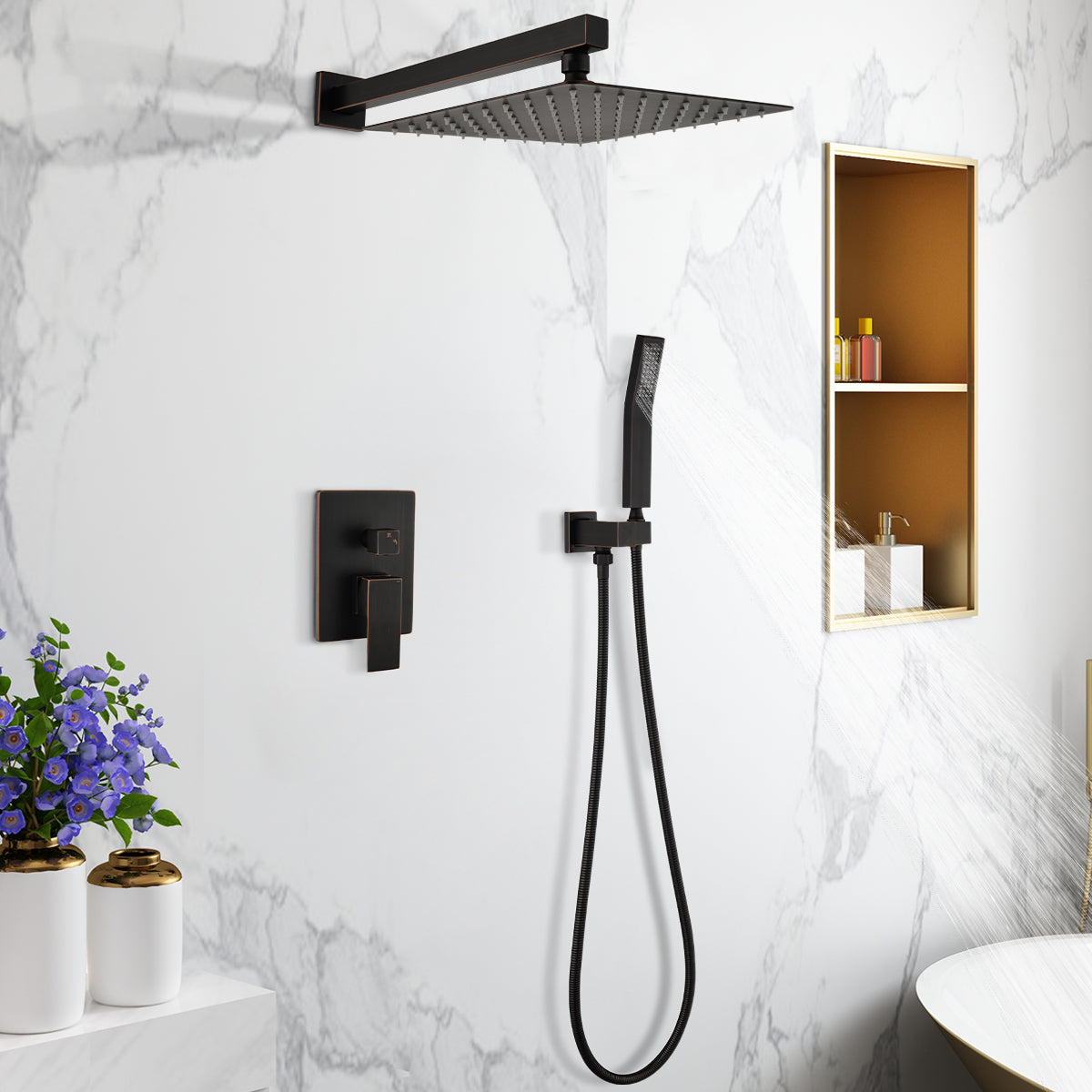
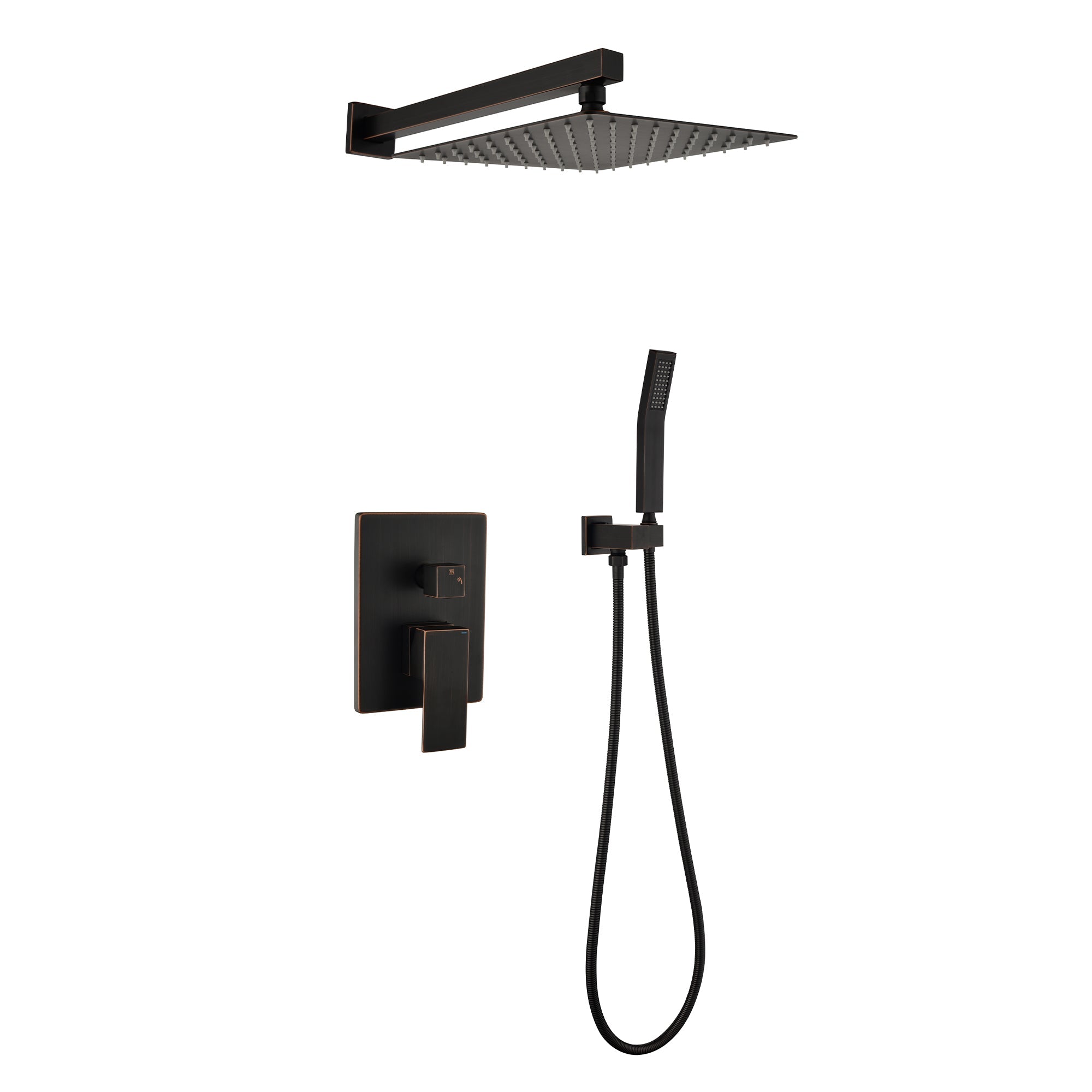


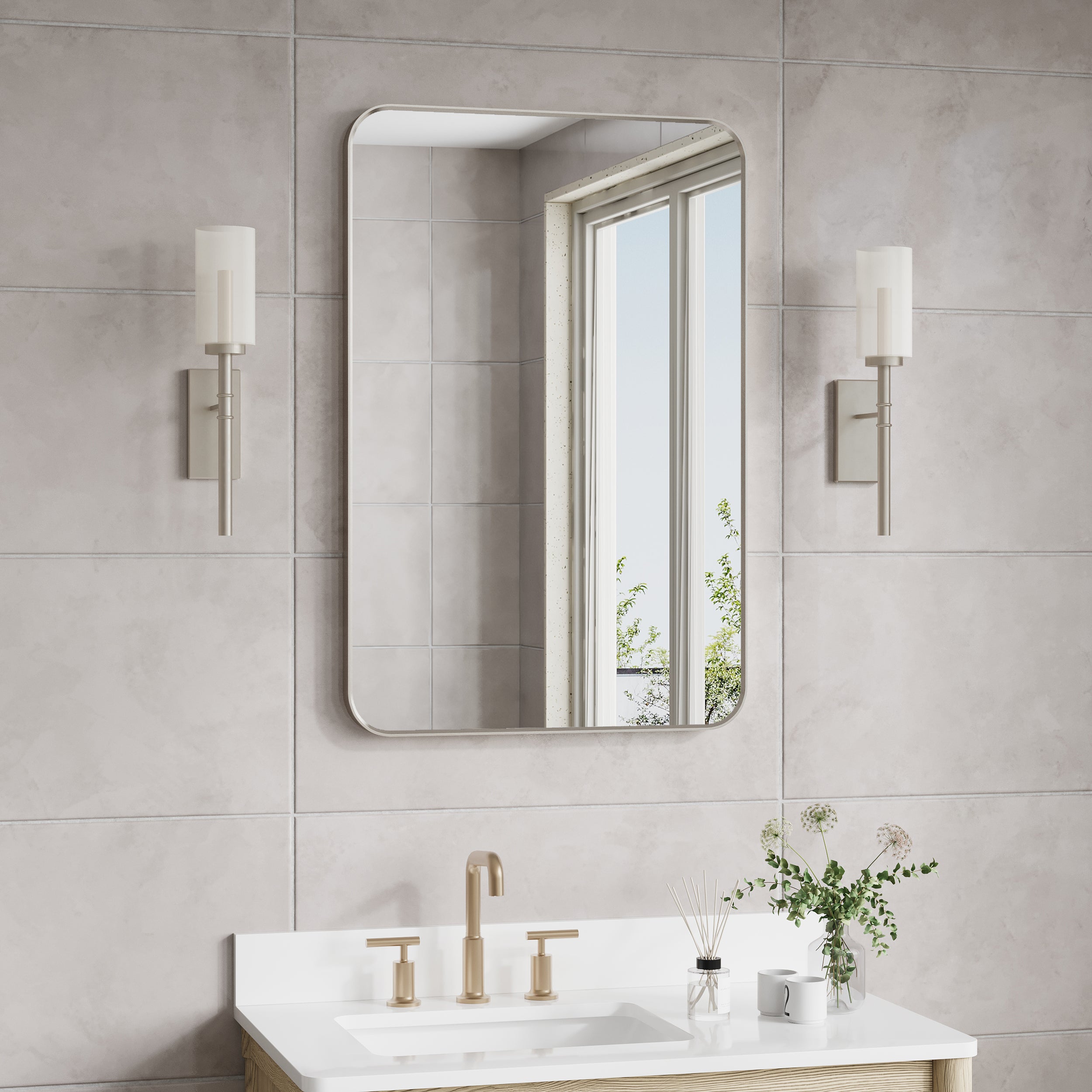
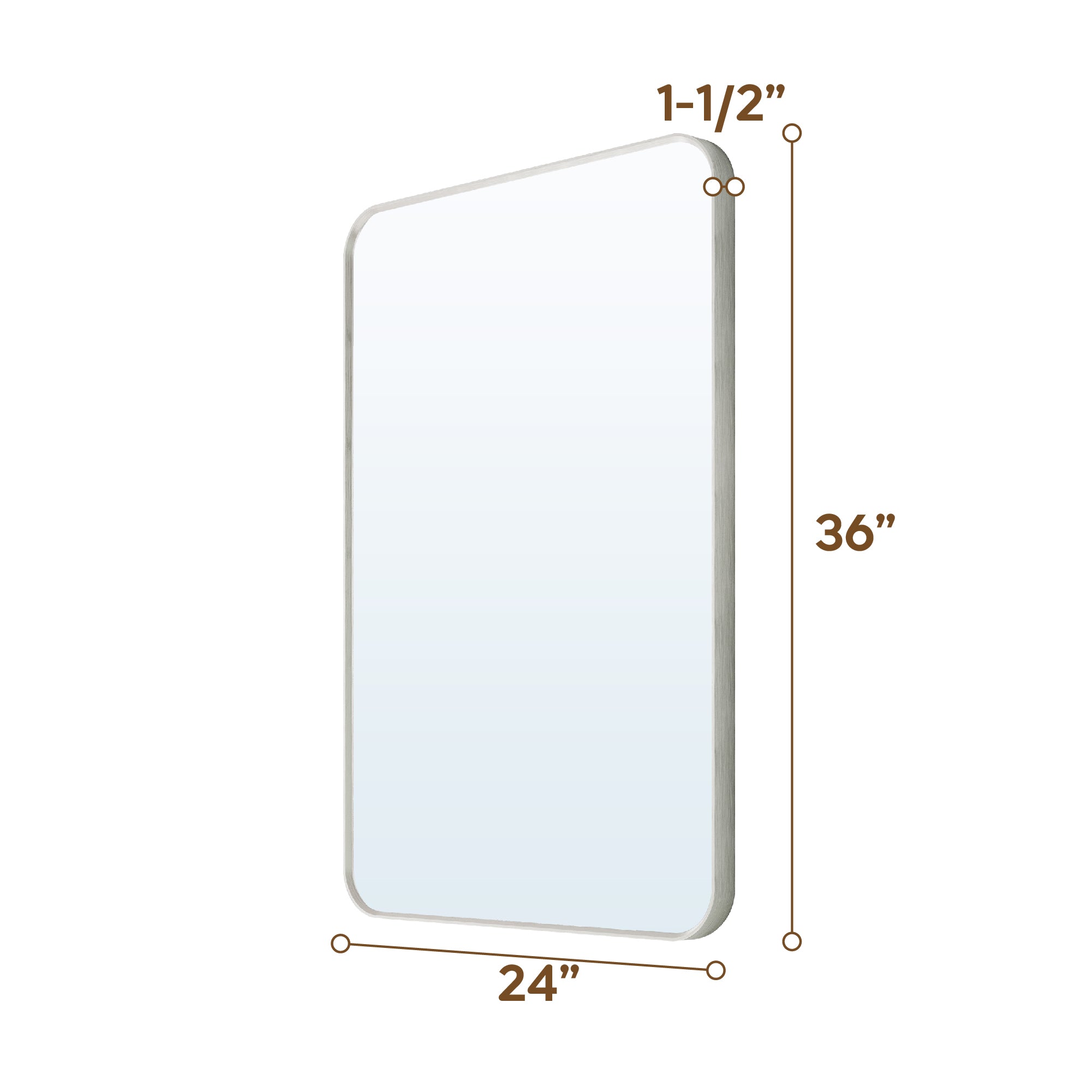

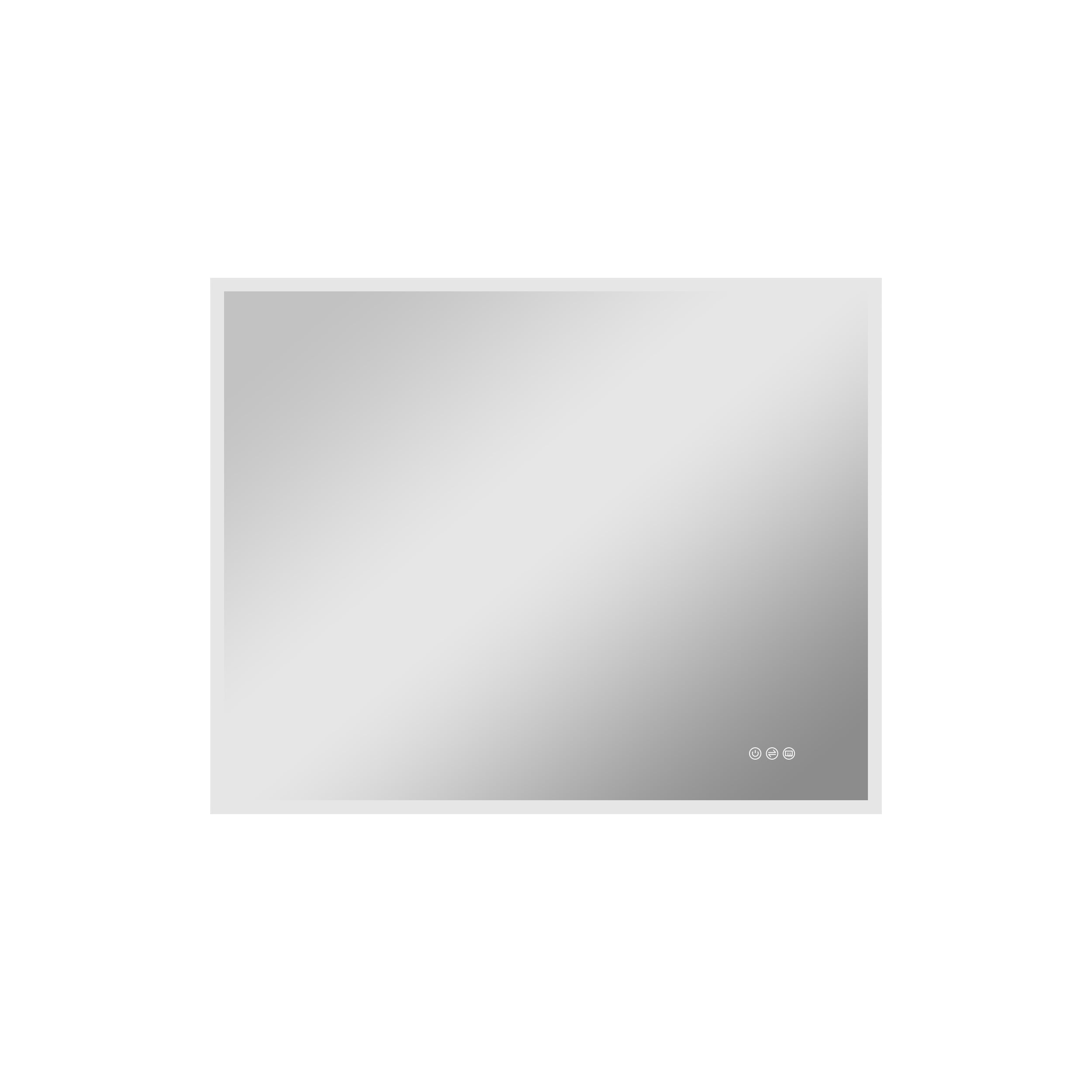
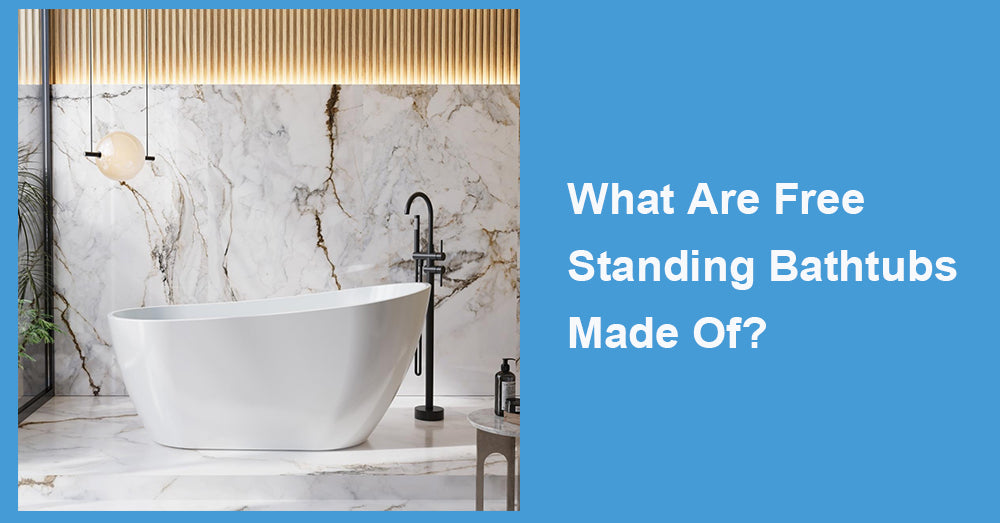
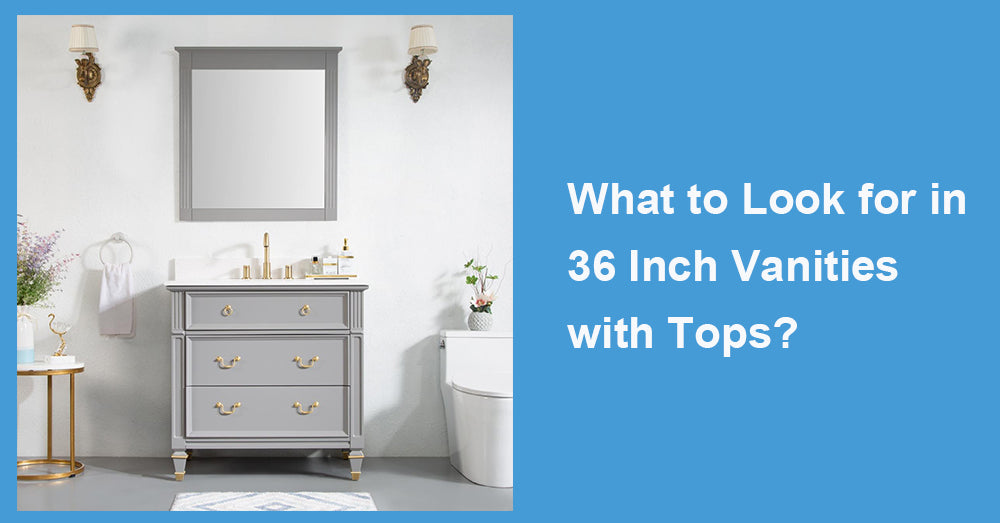
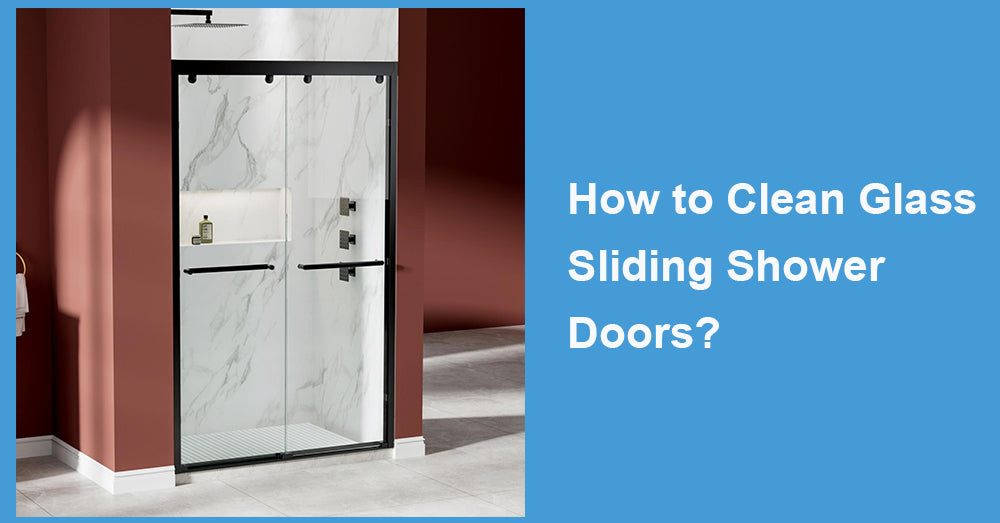
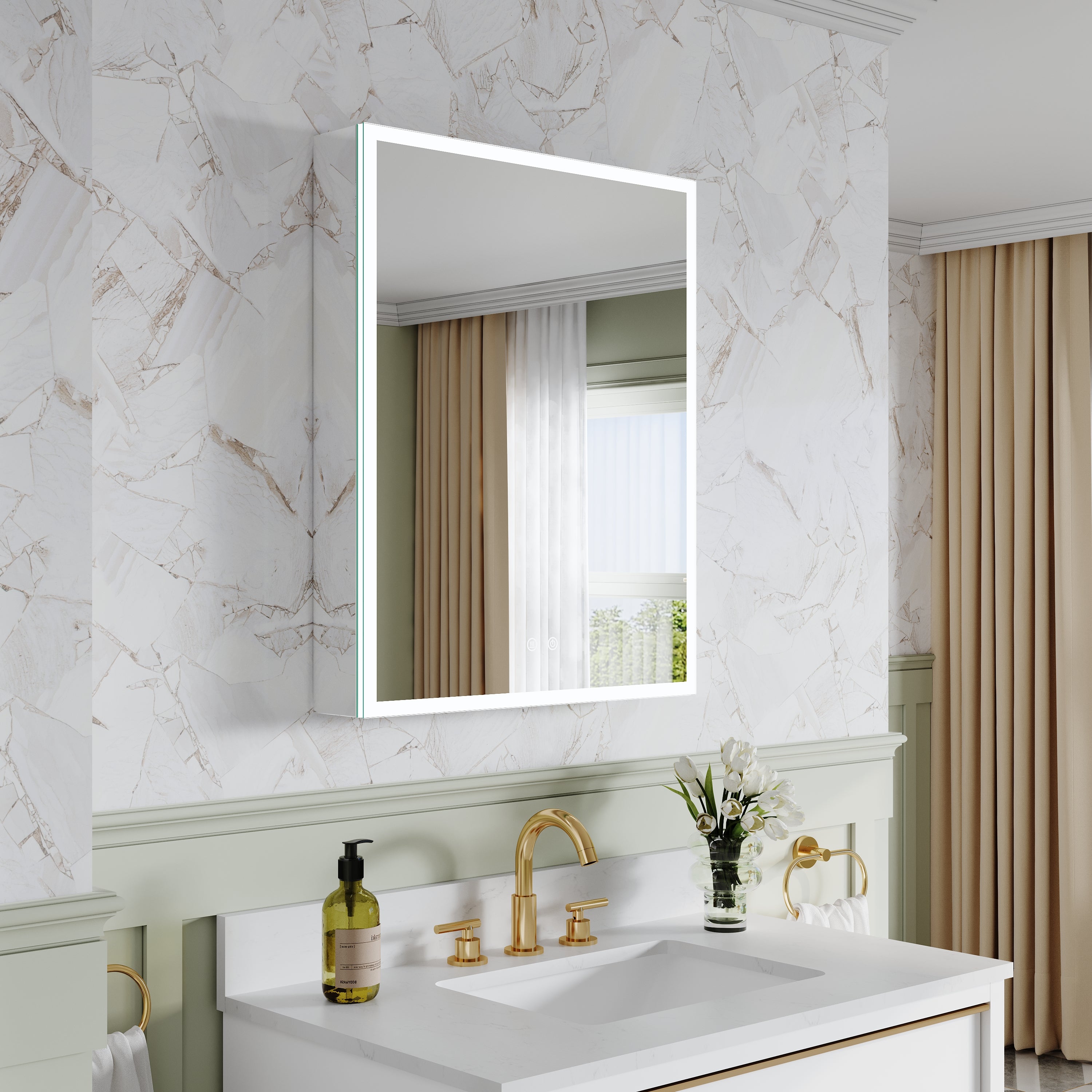
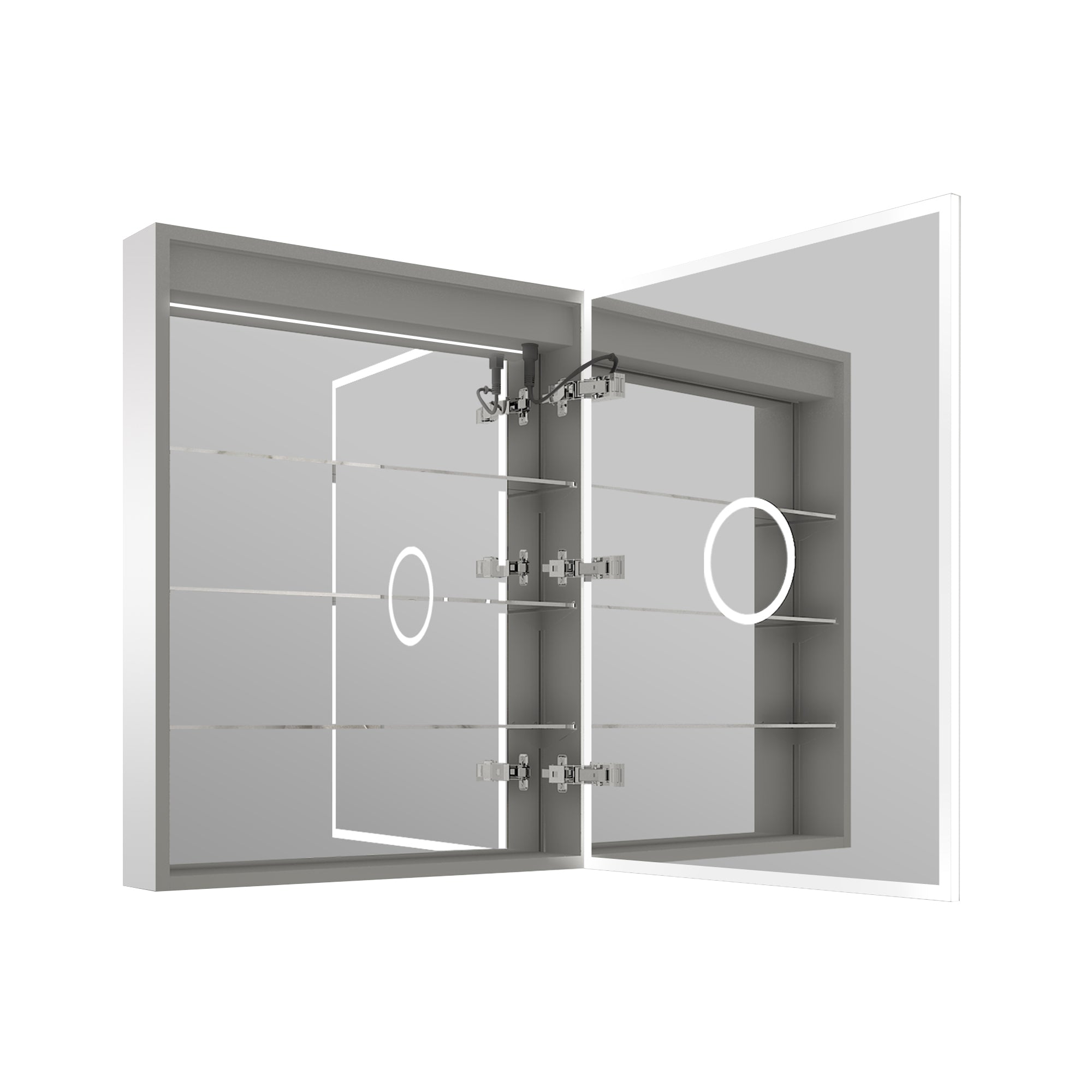
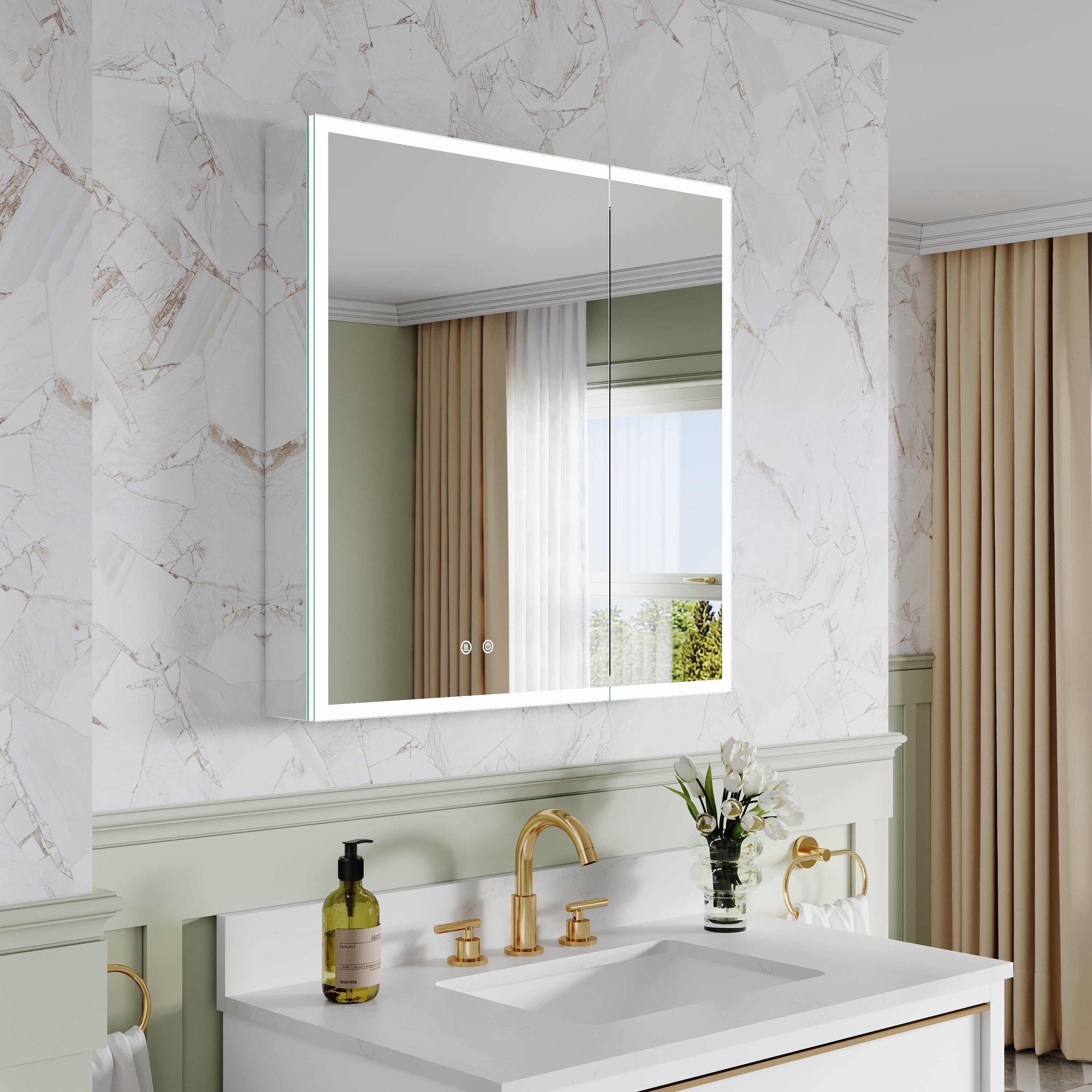
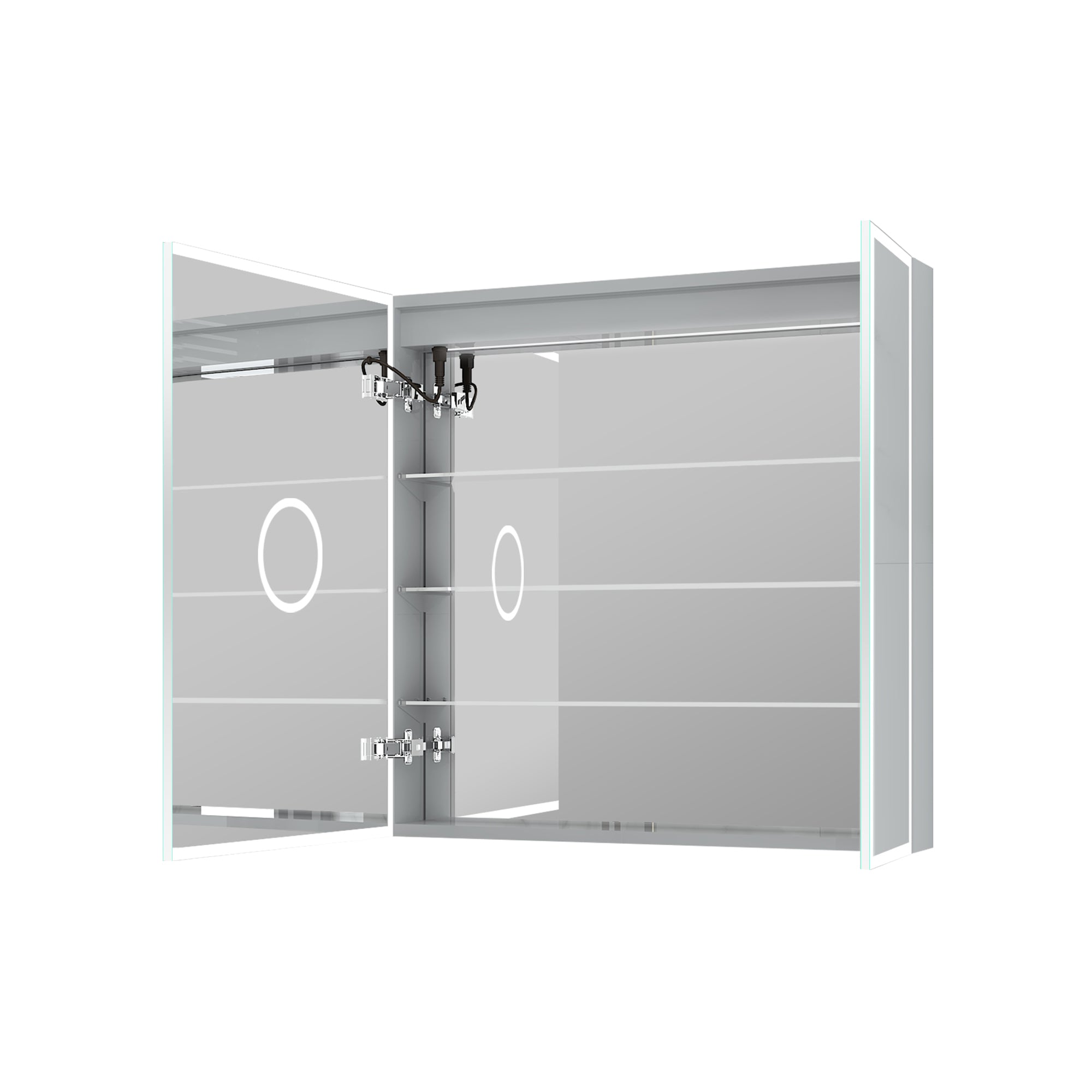
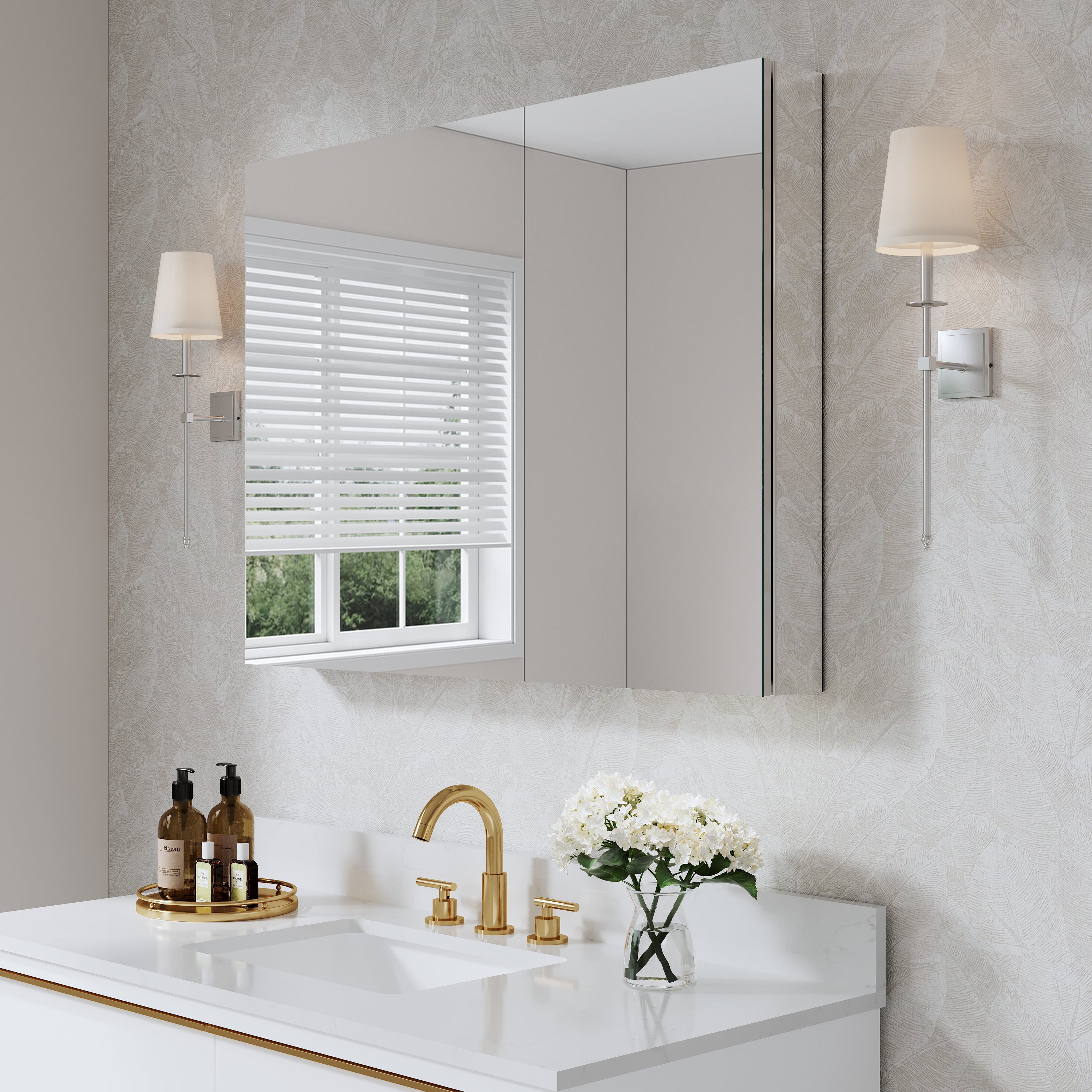

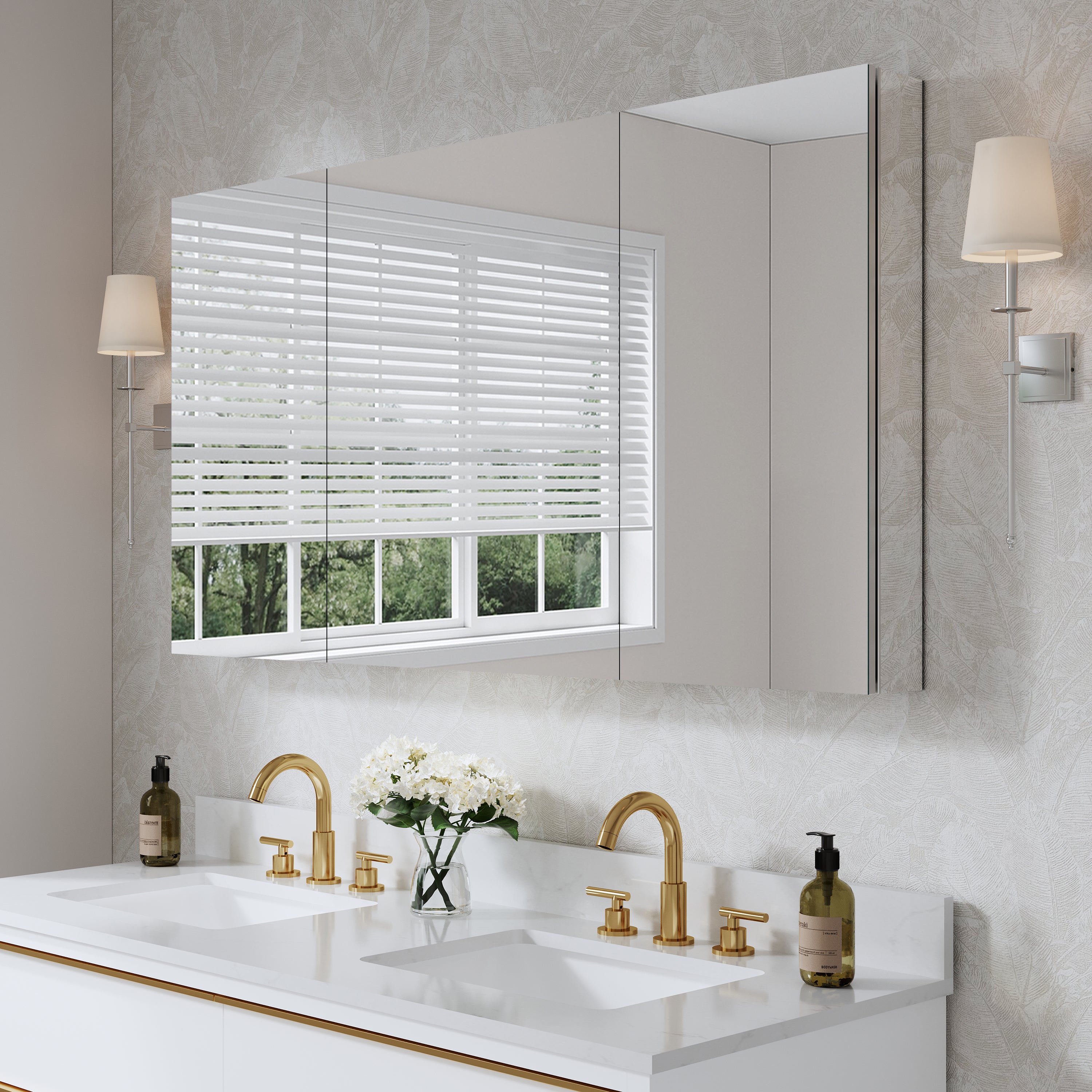

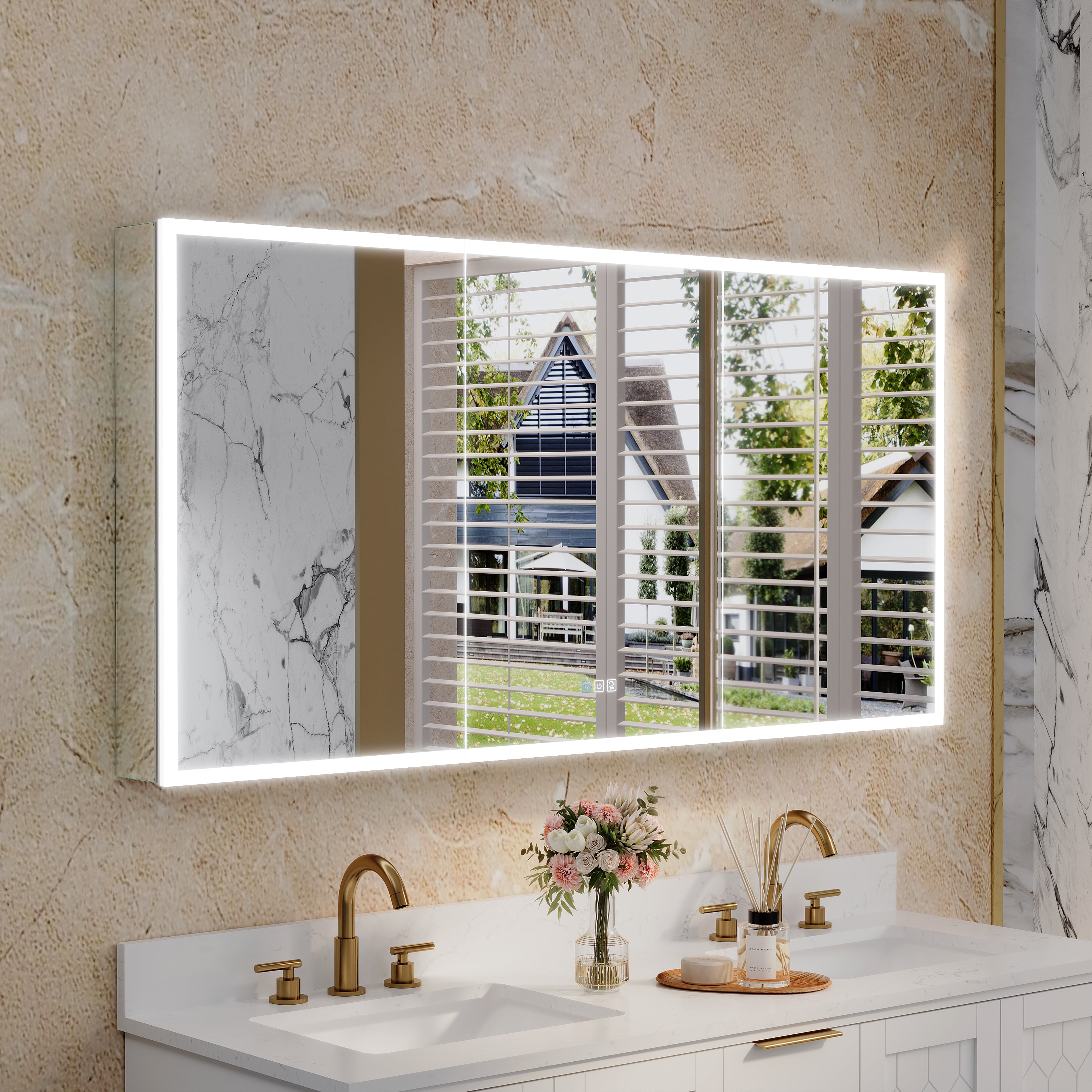

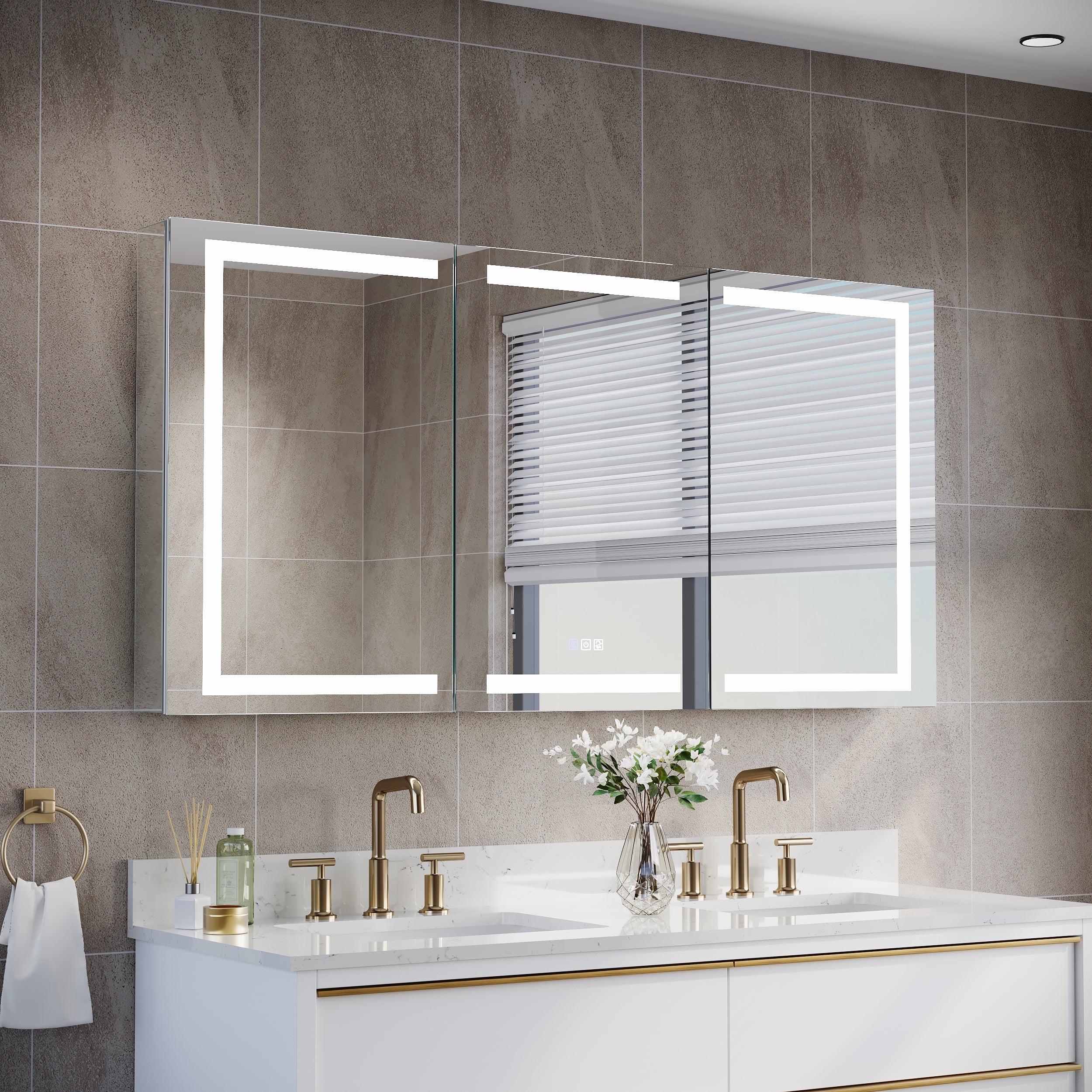


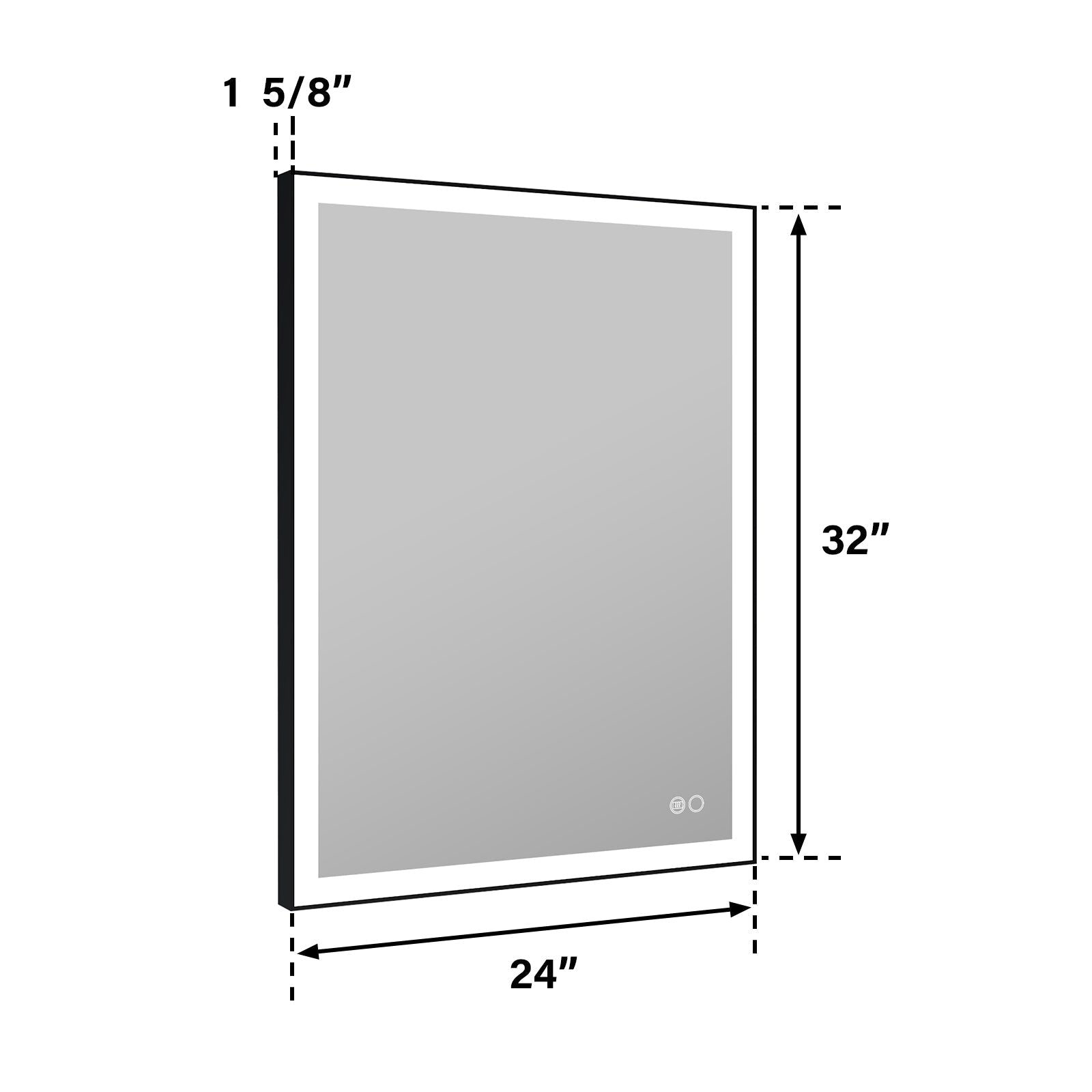
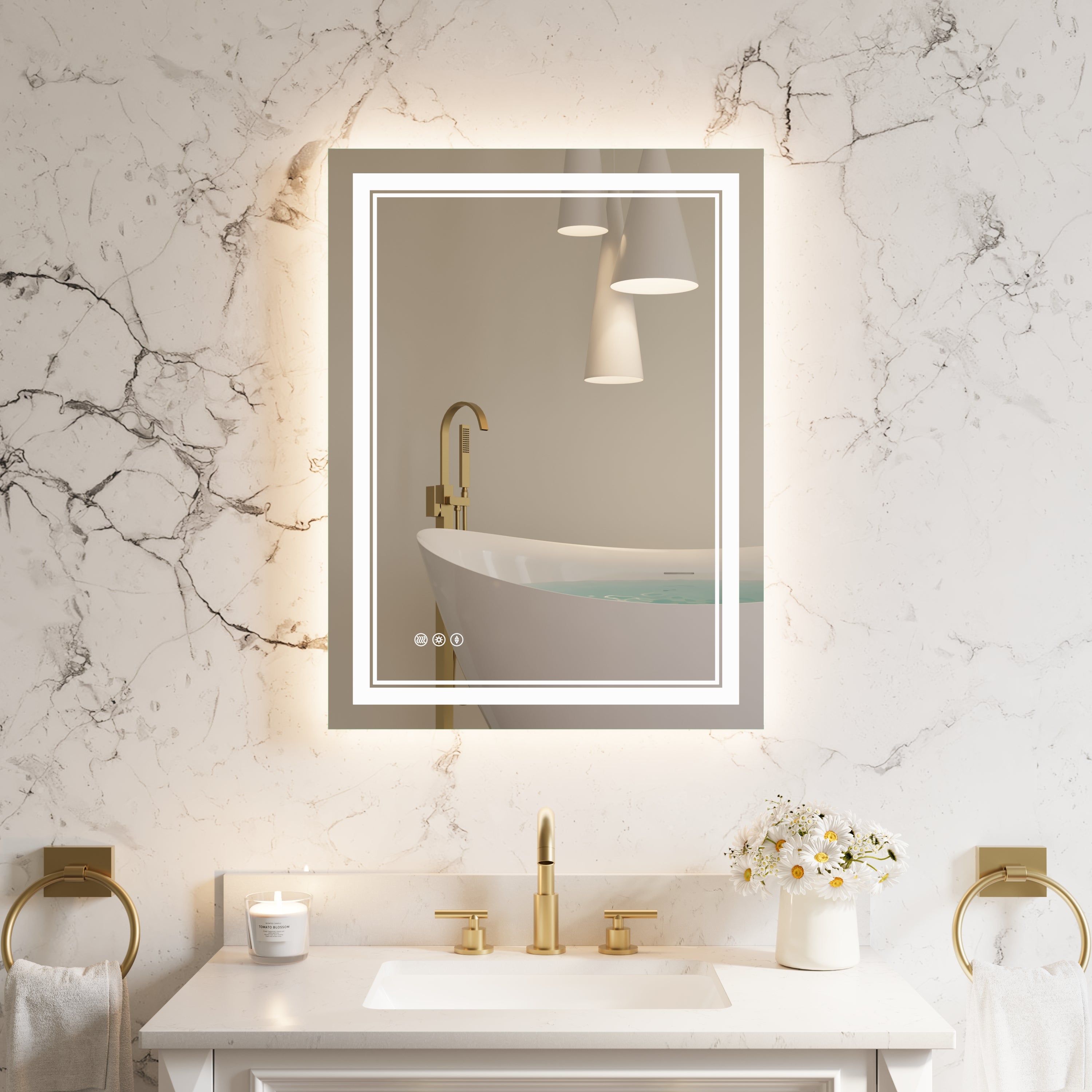
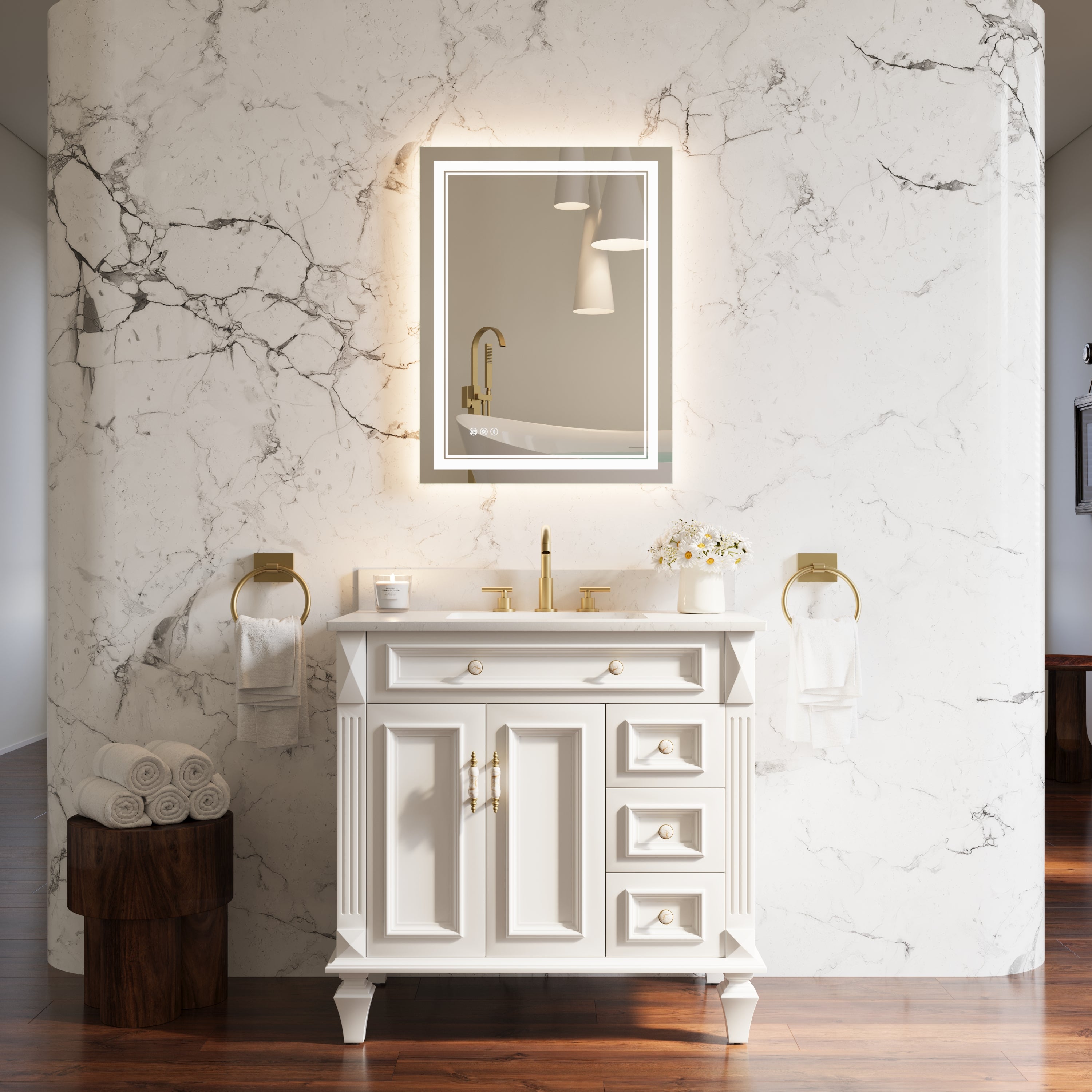
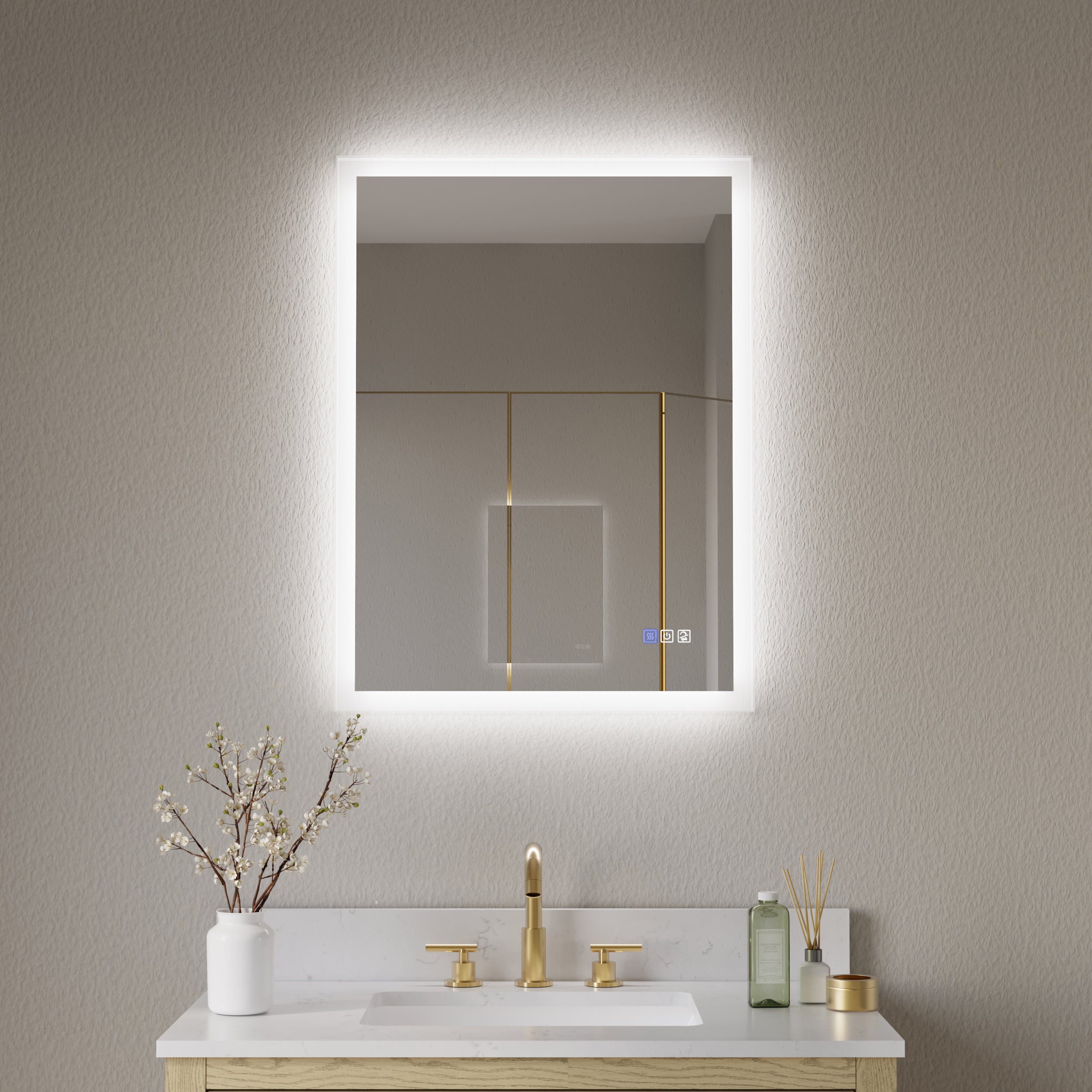

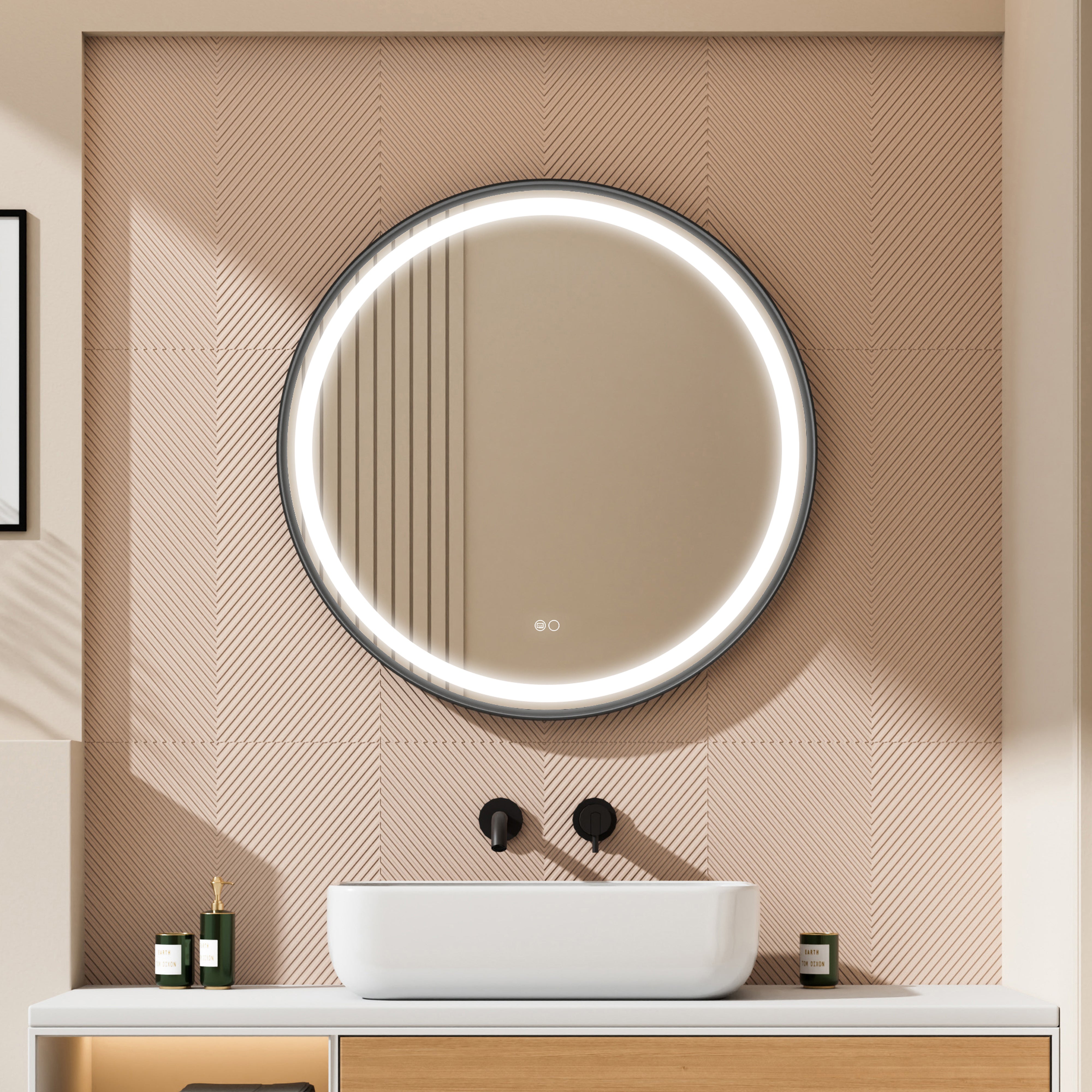
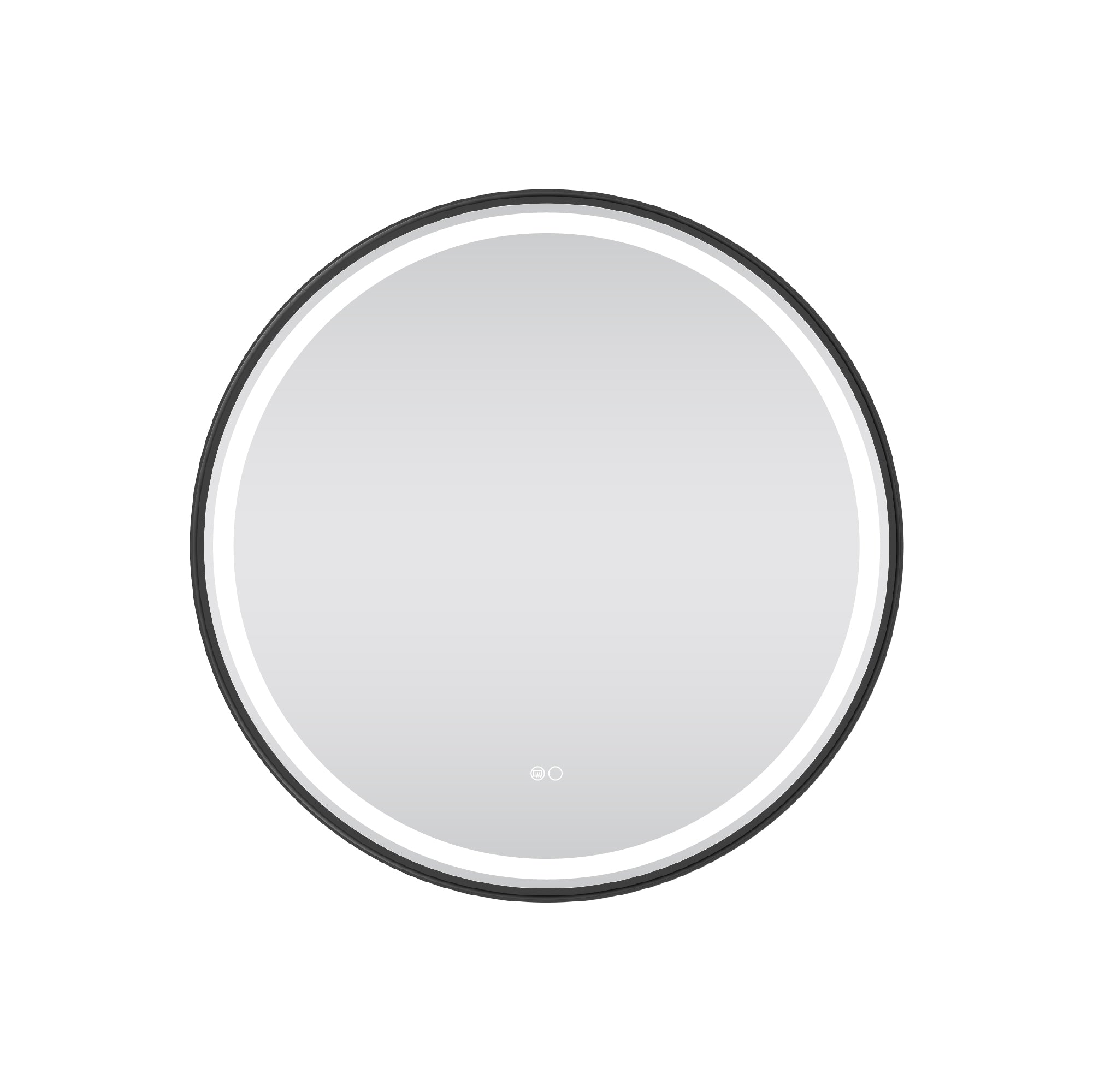


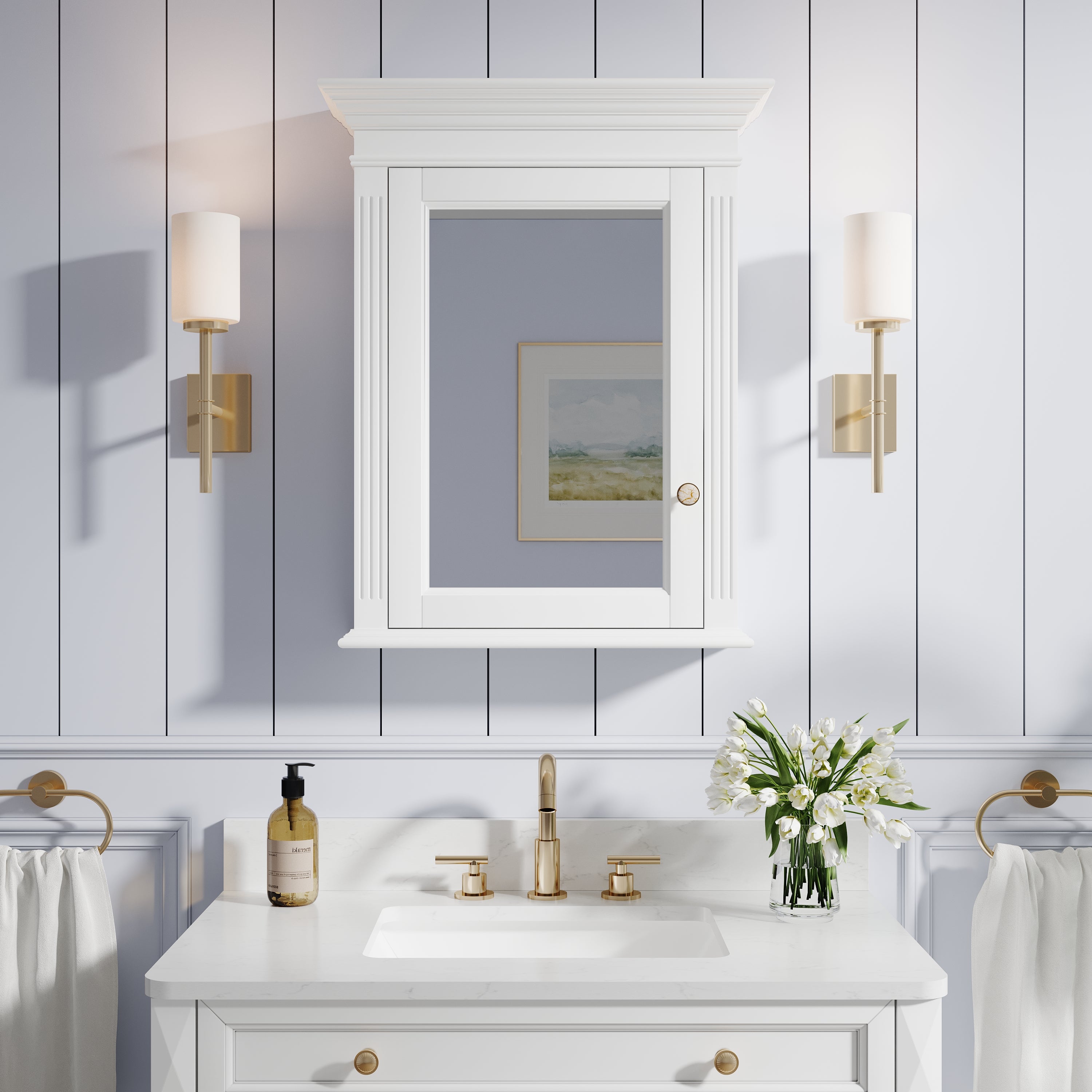
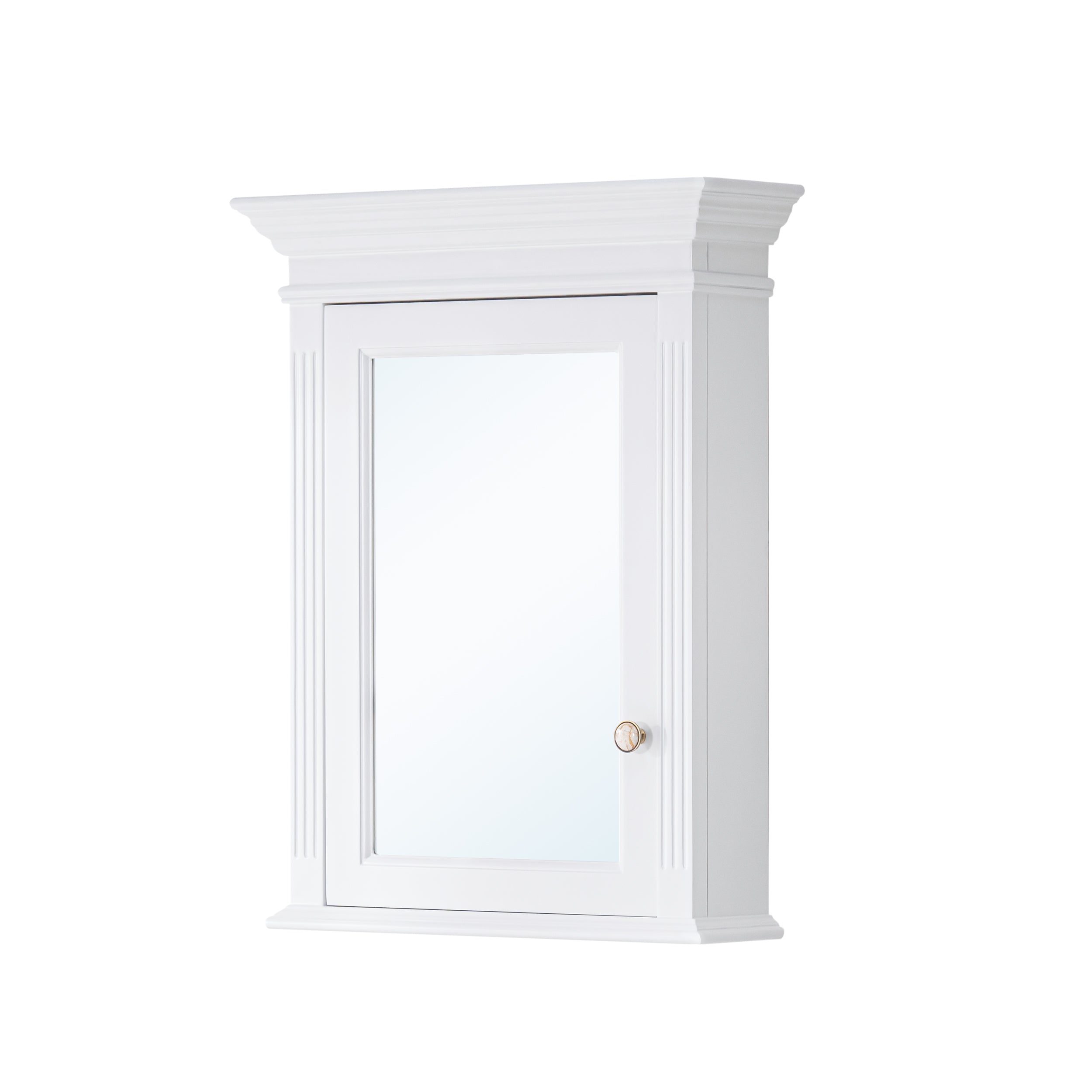
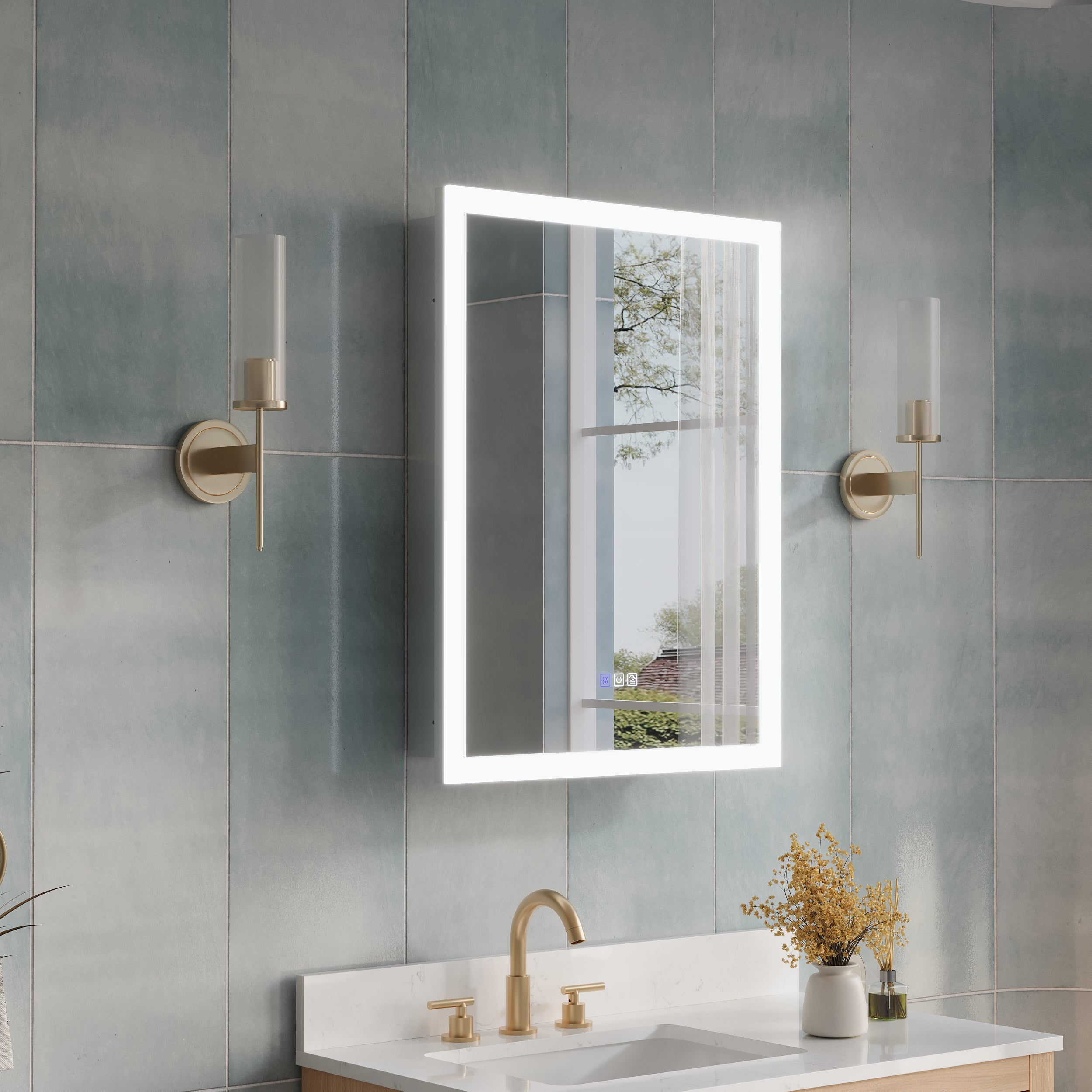
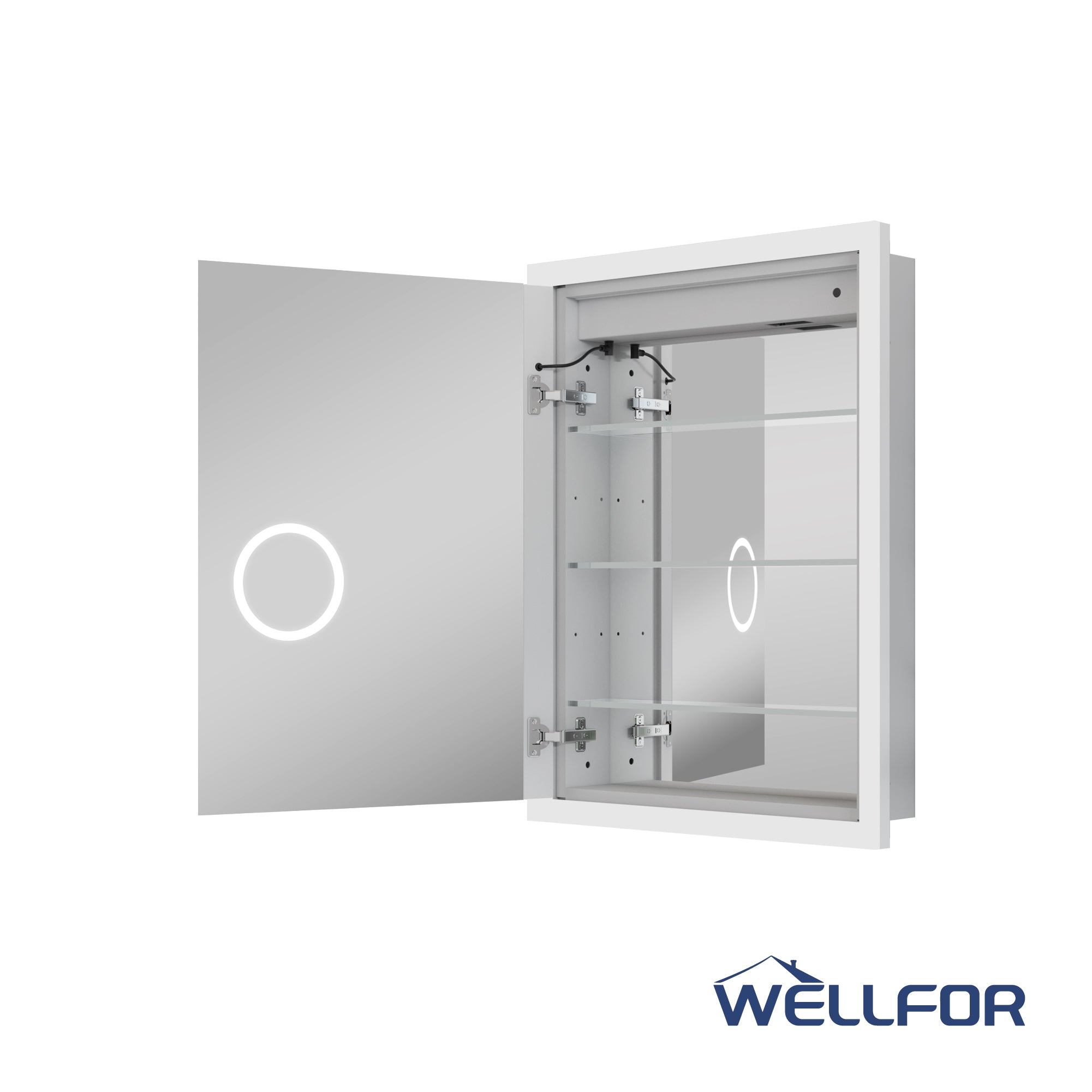
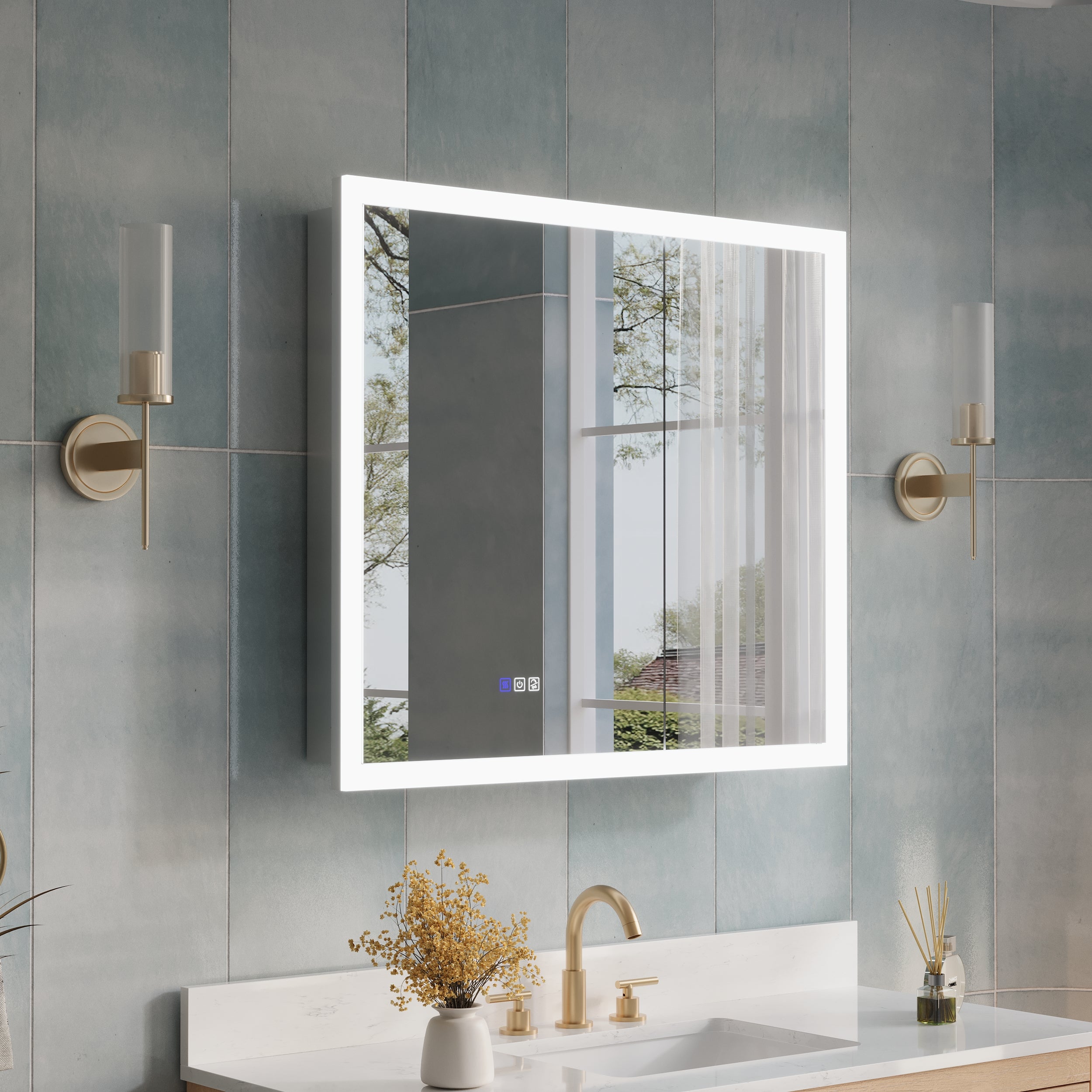




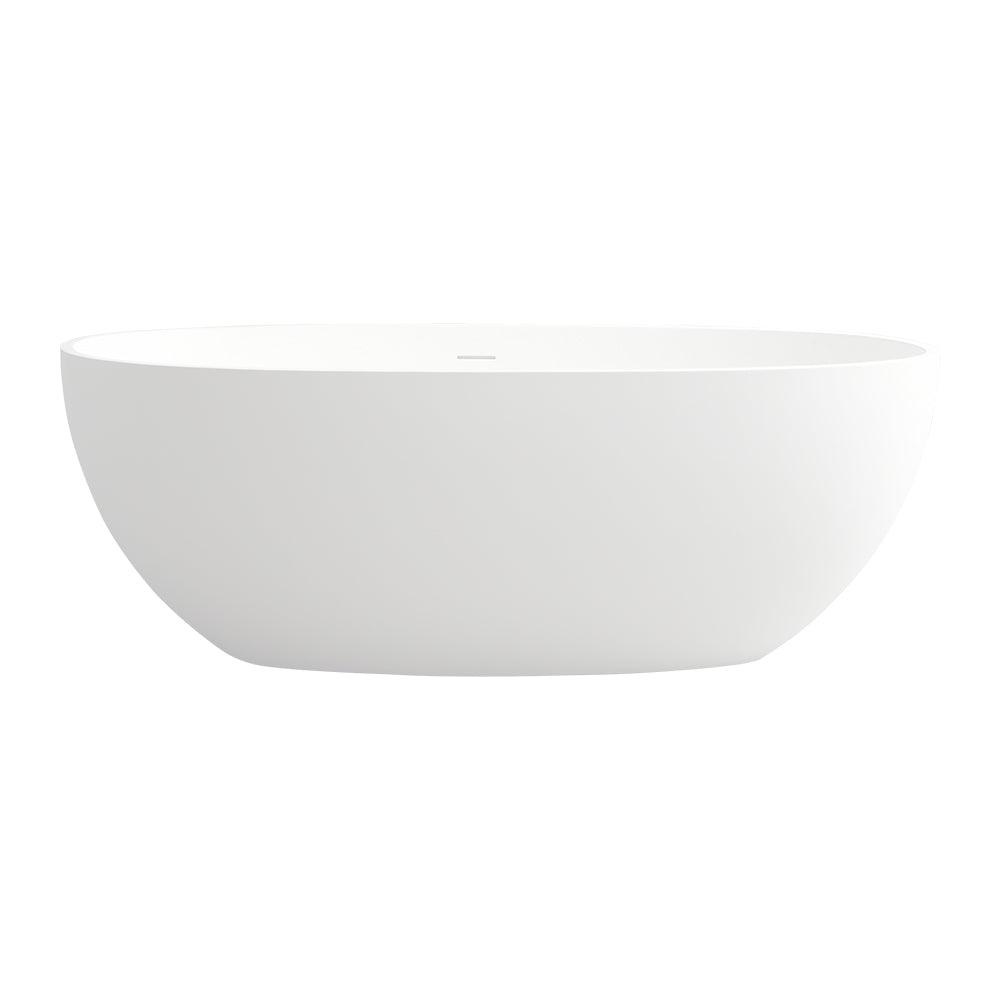
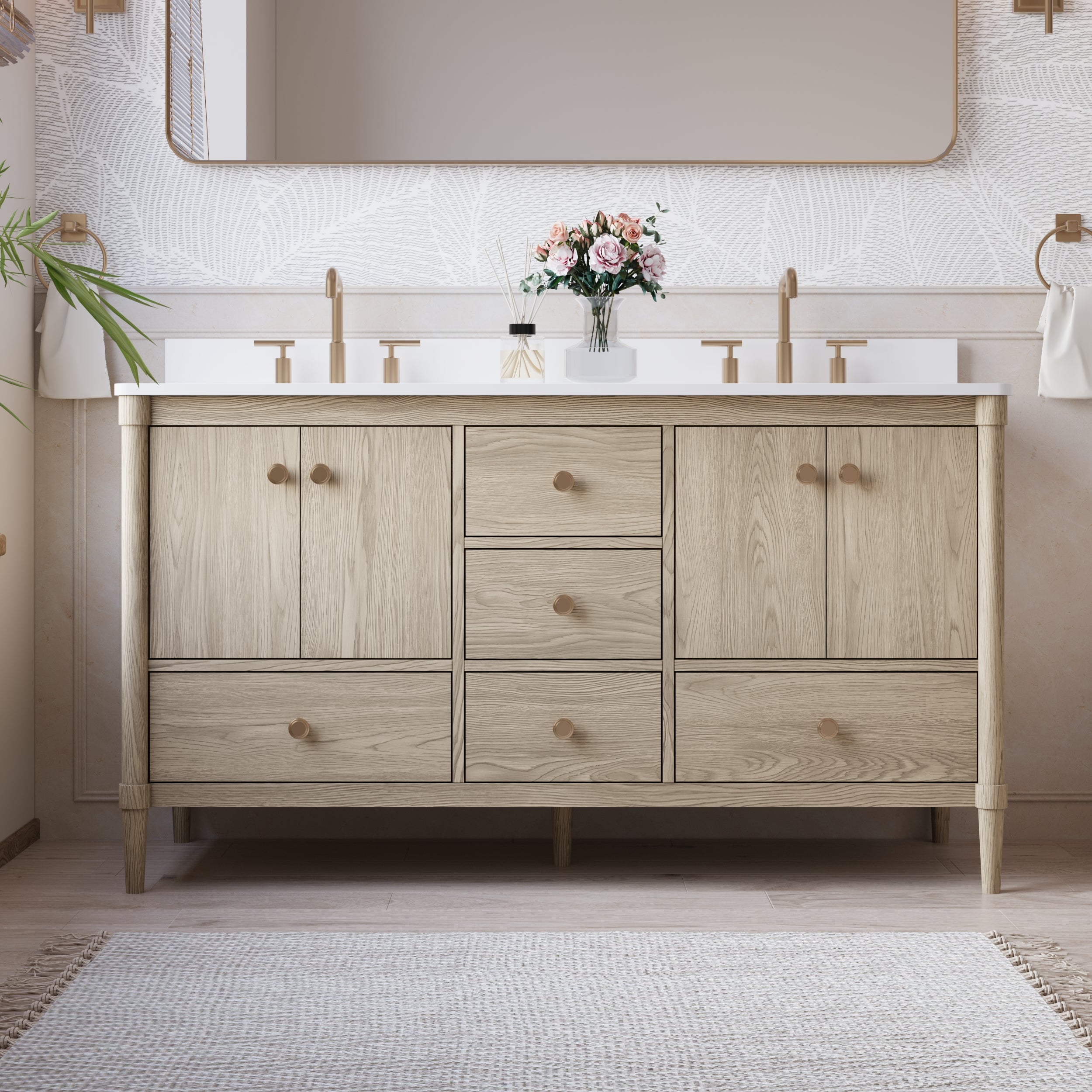
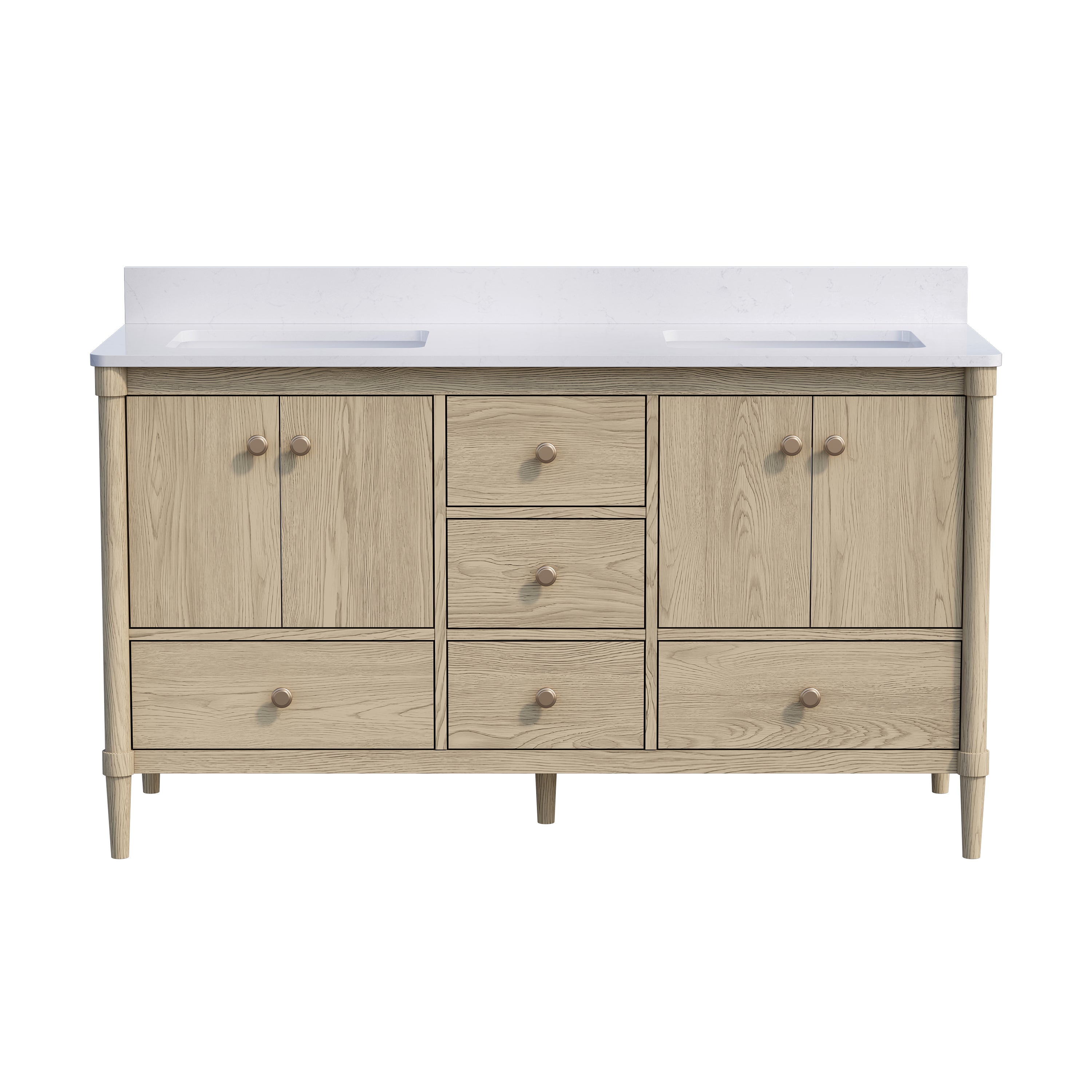
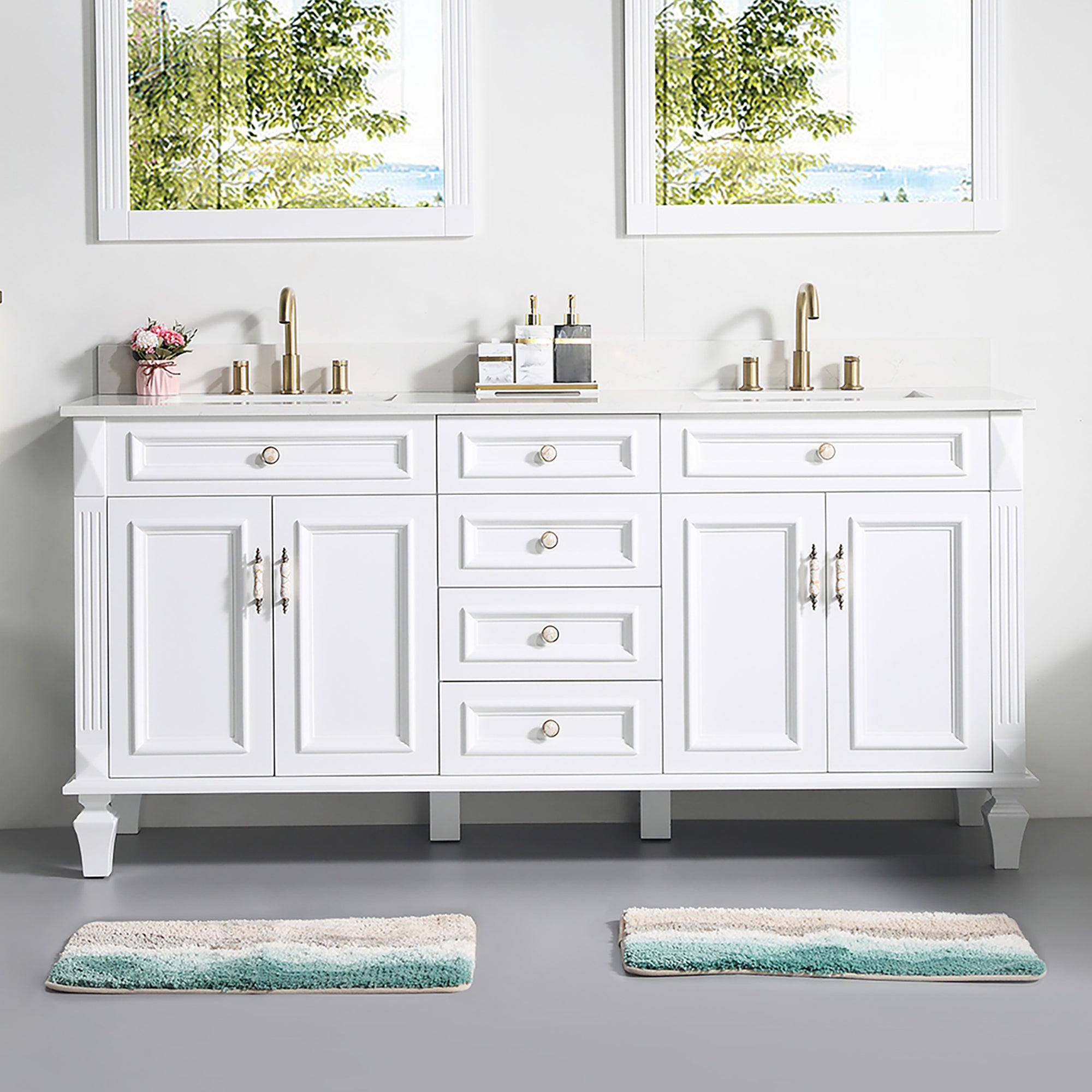

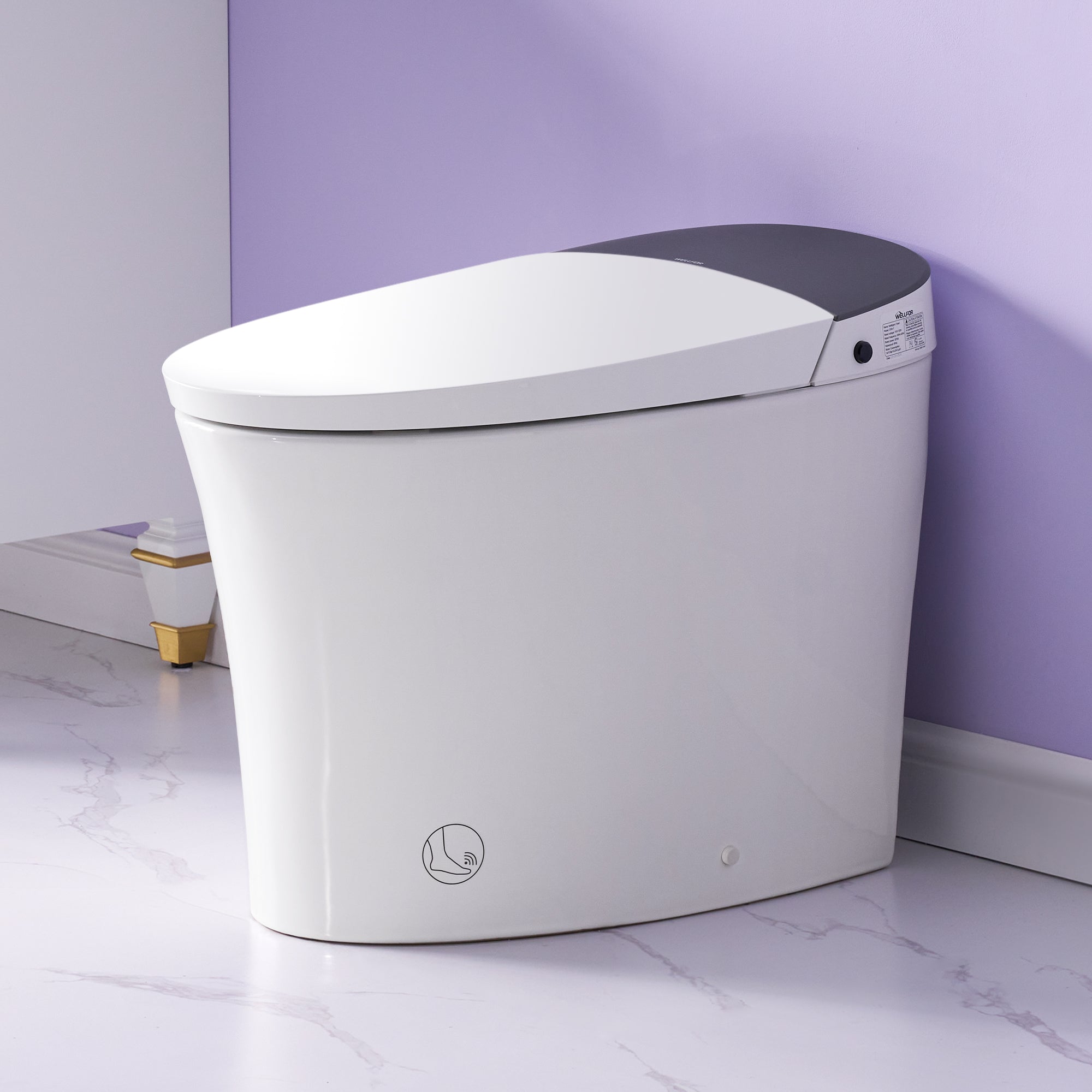
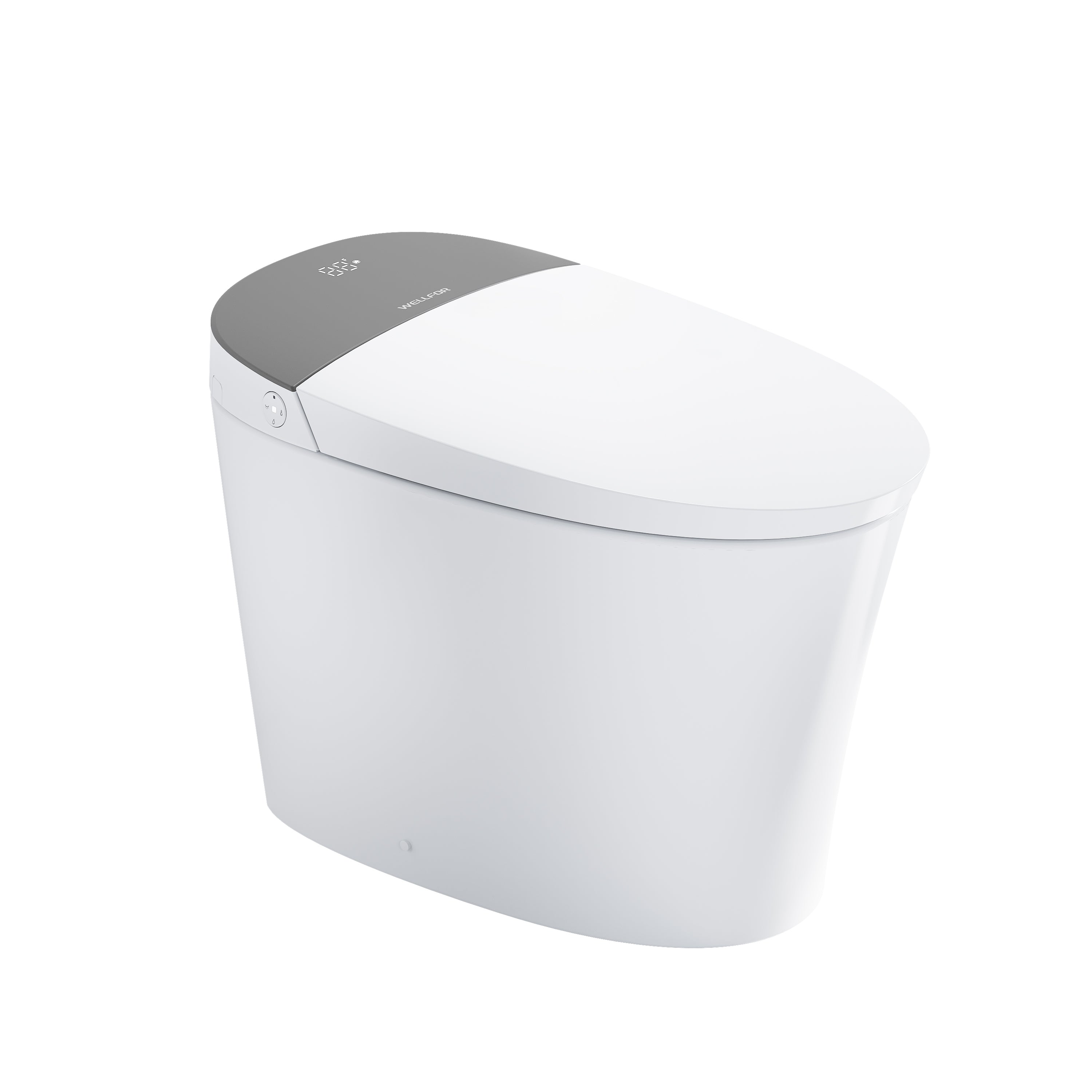

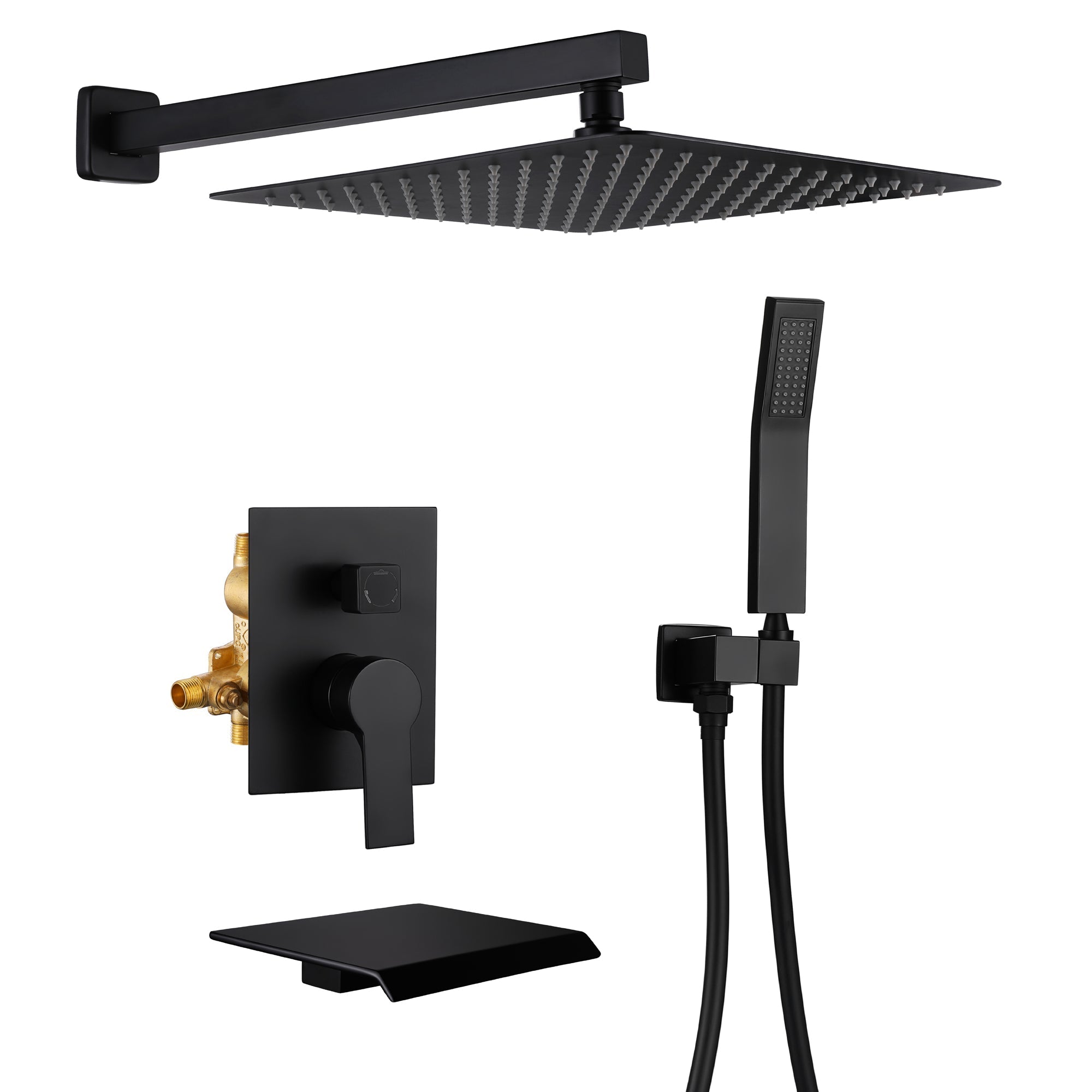
Leave a comment
This site is protected by hCaptcha and the hCaptcha Privacy Policy and Terms of Service apply.